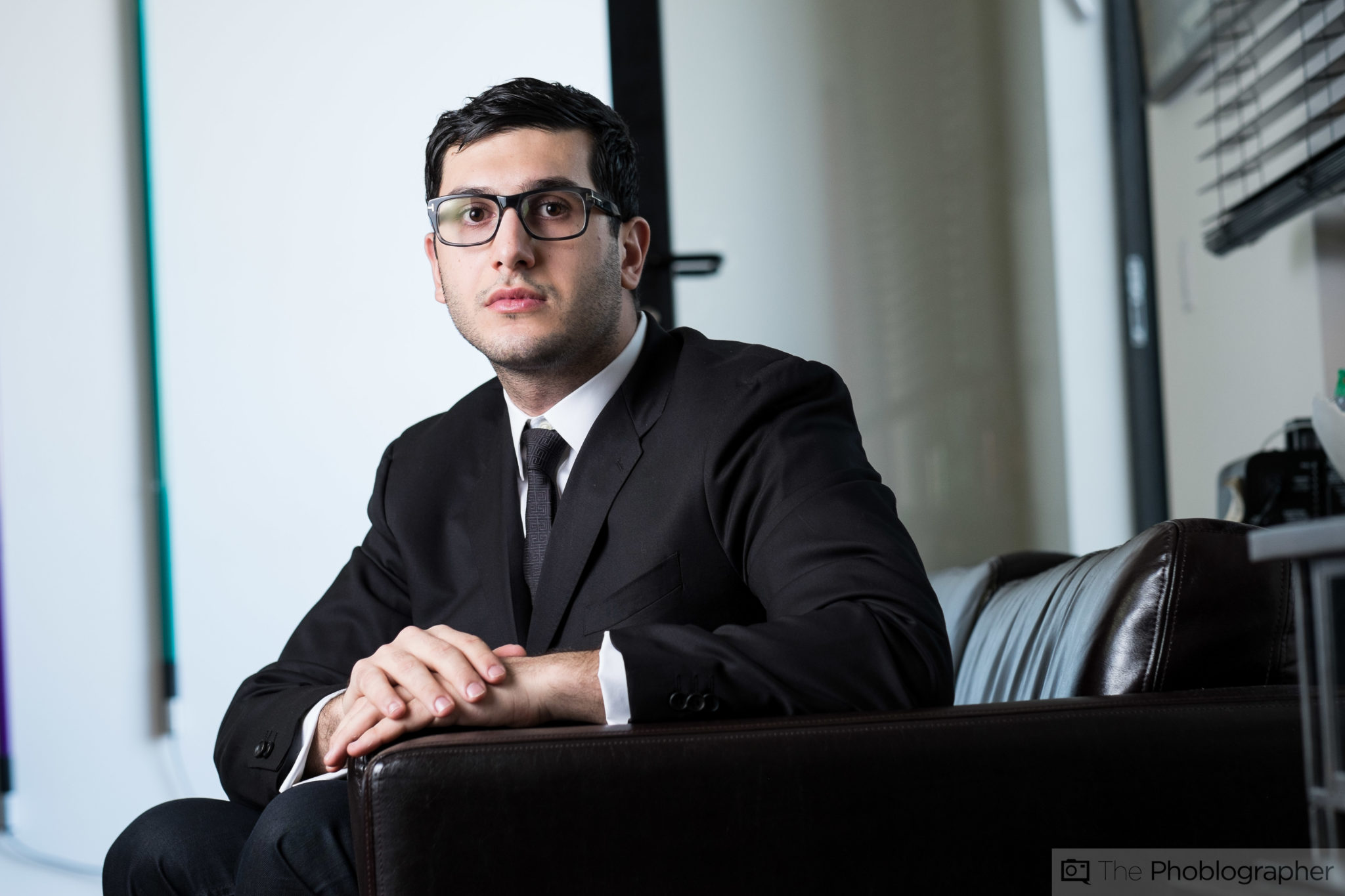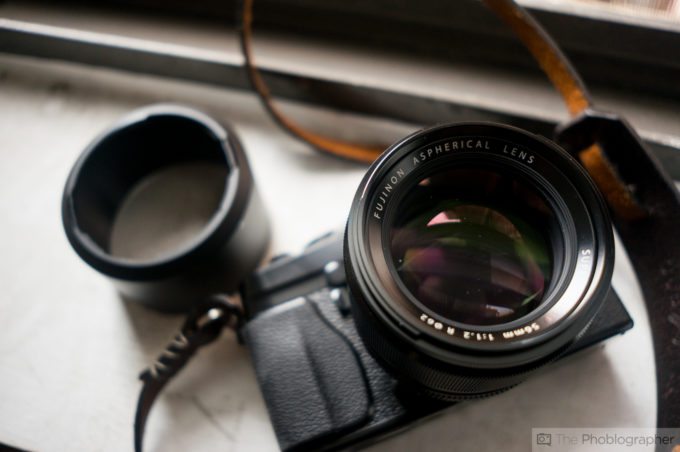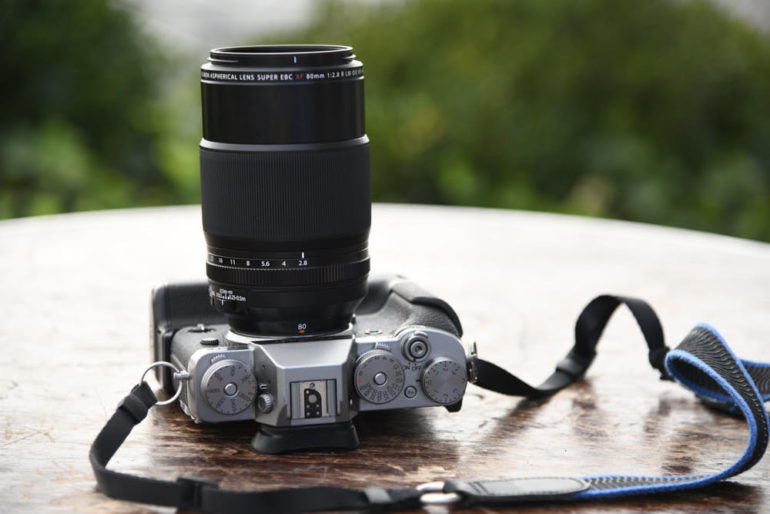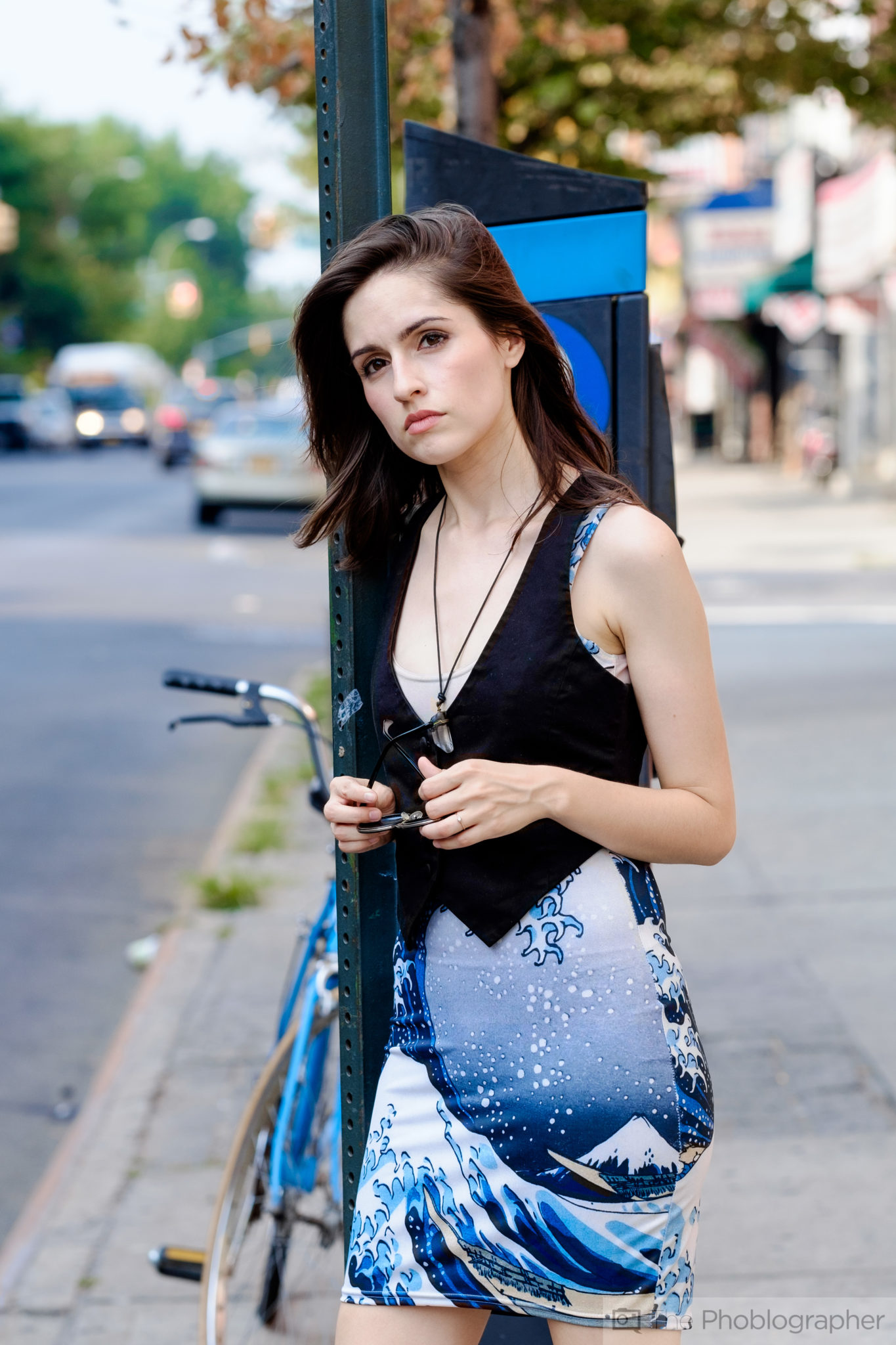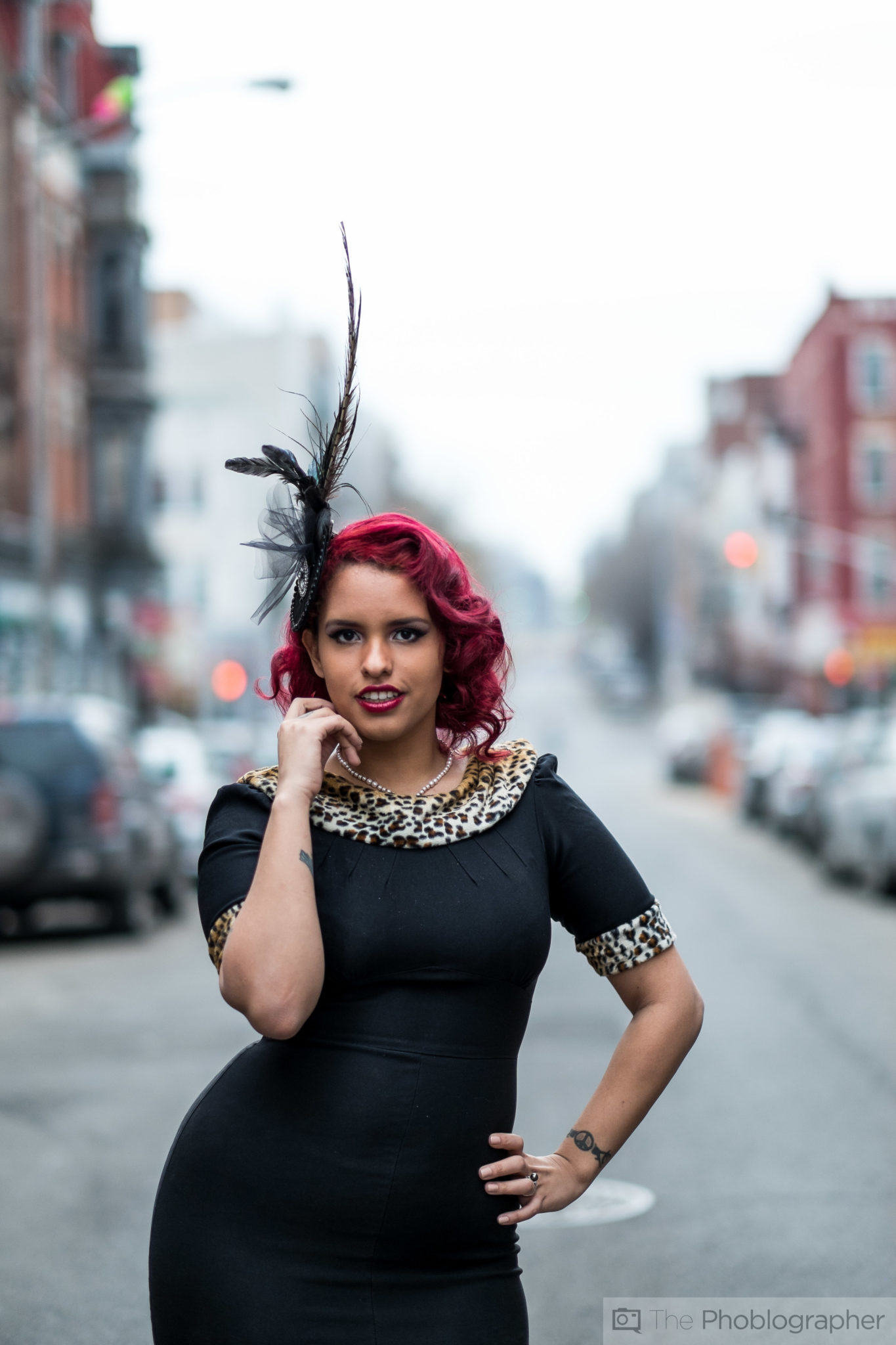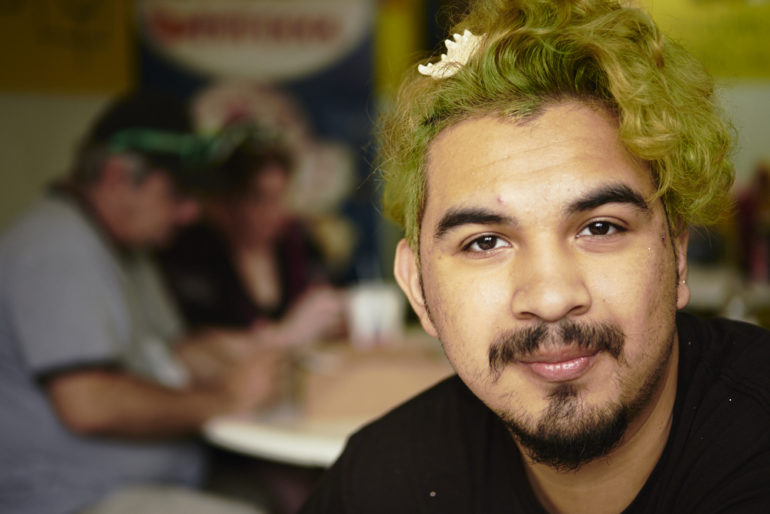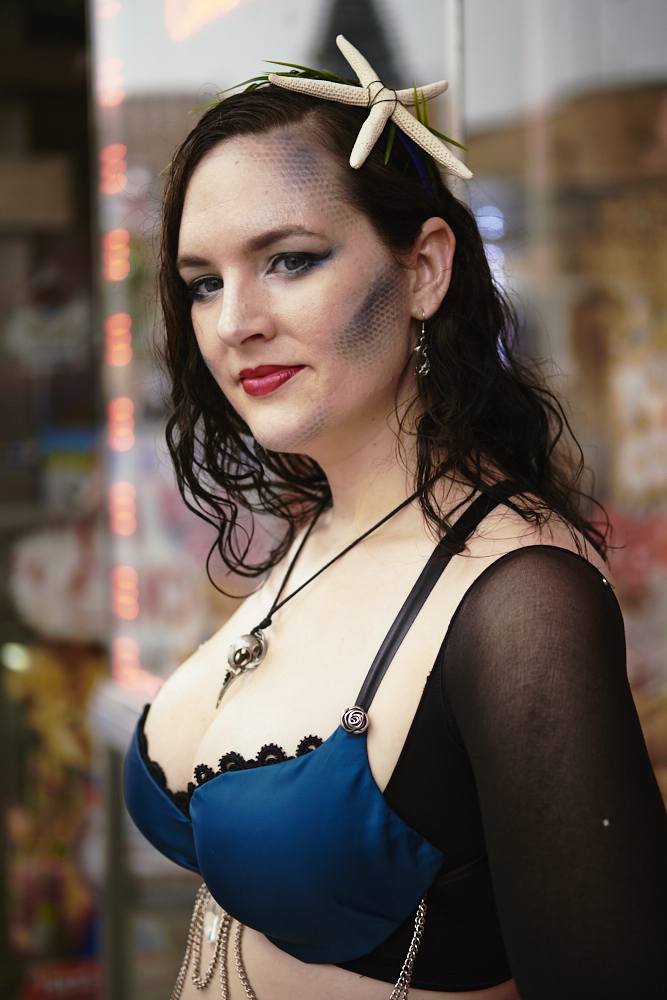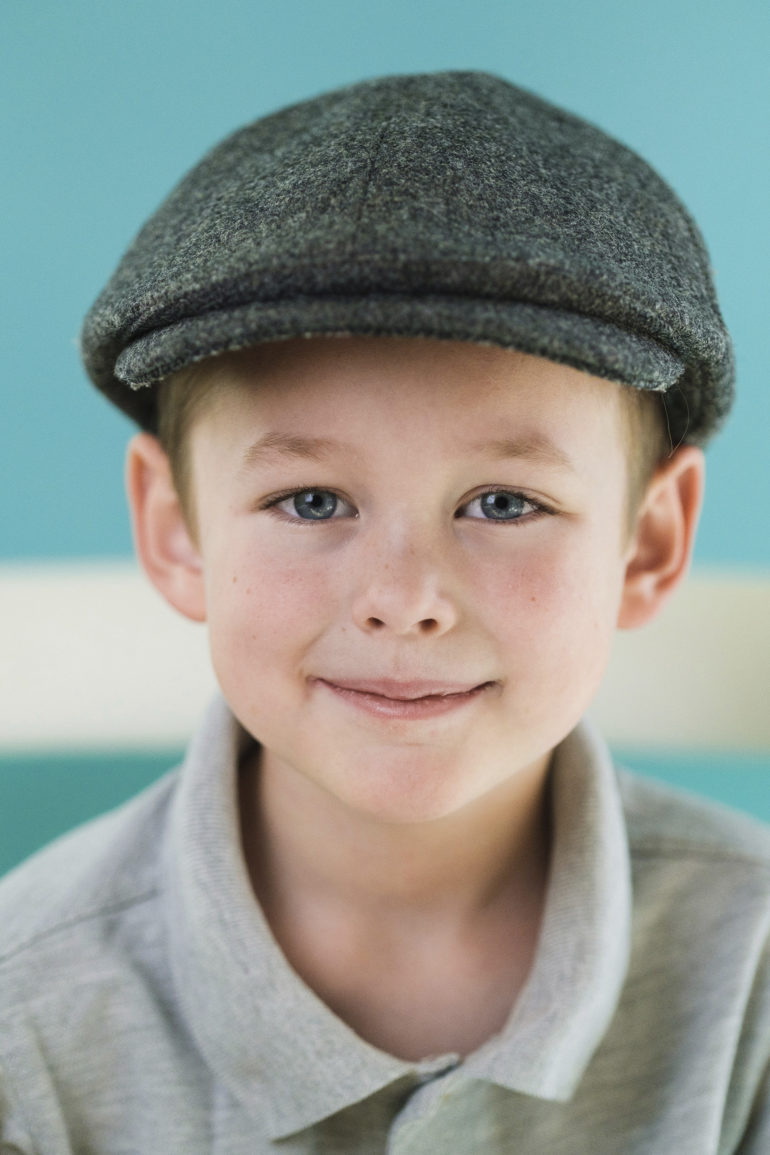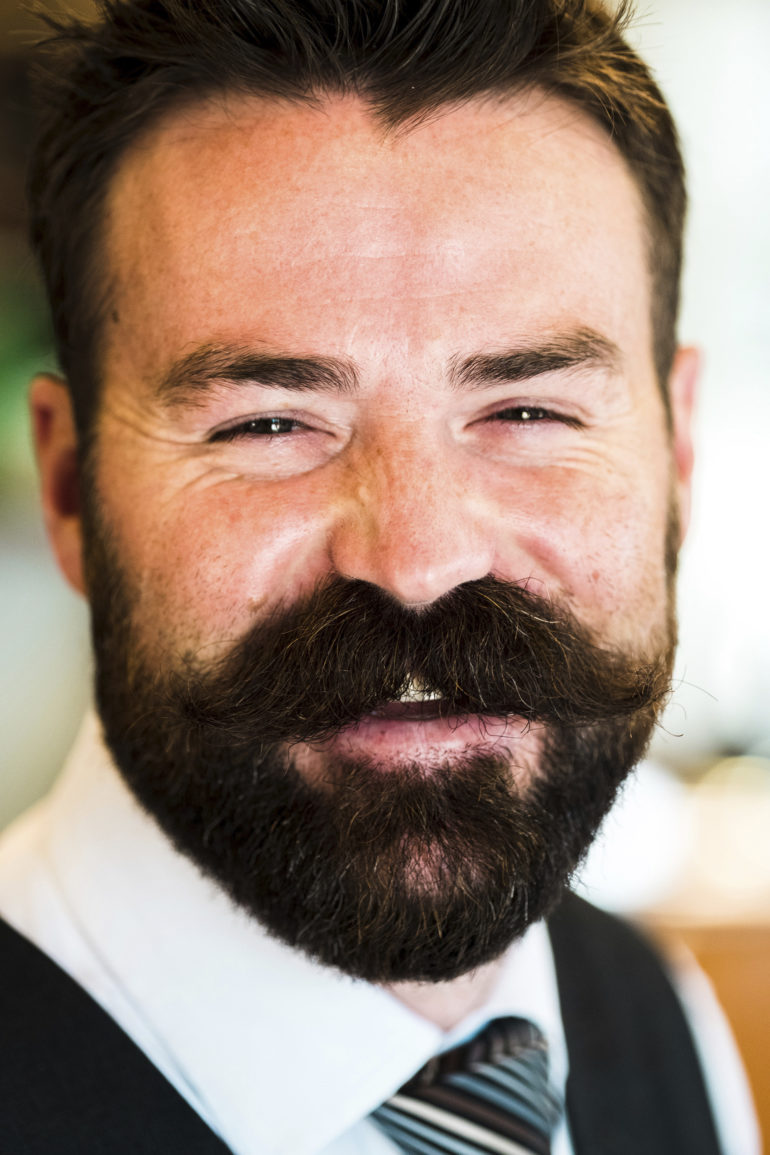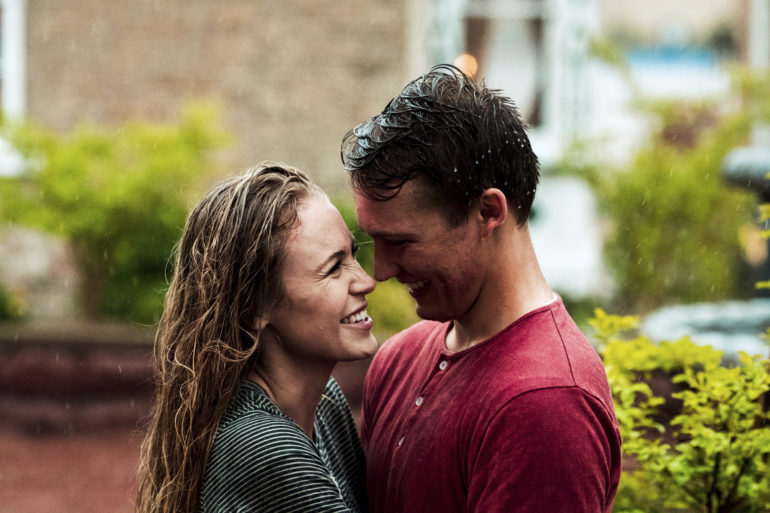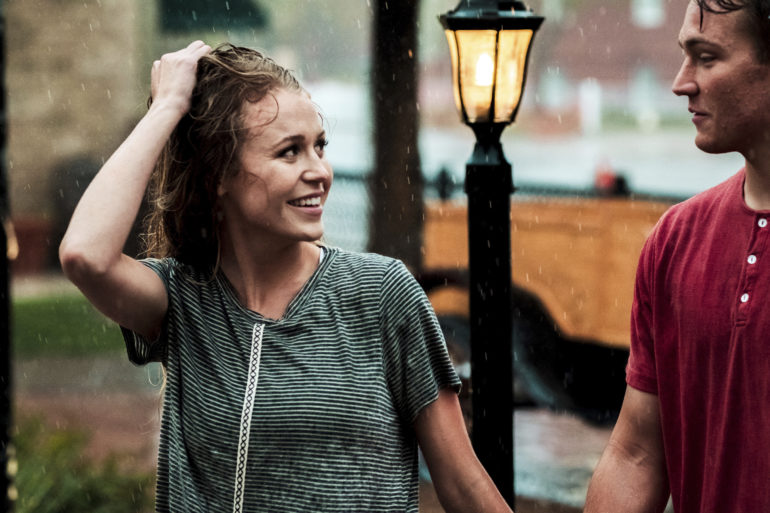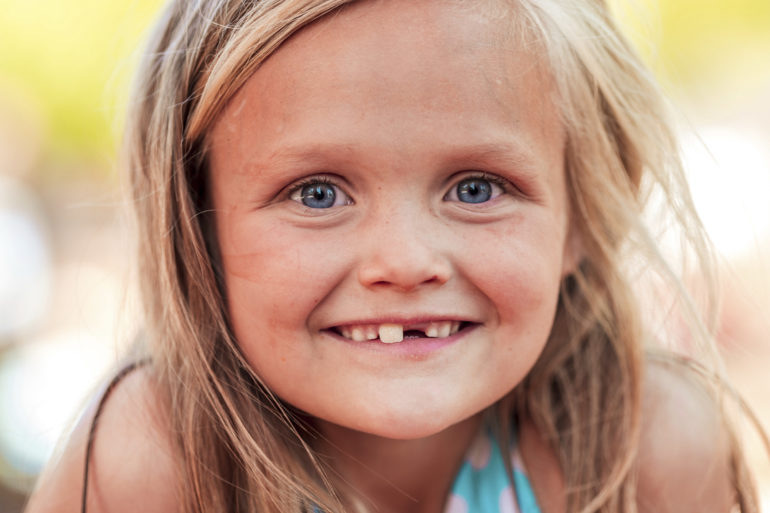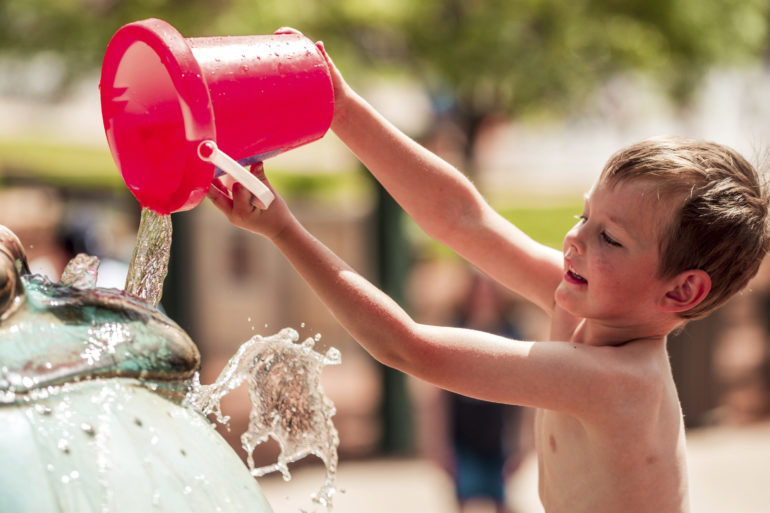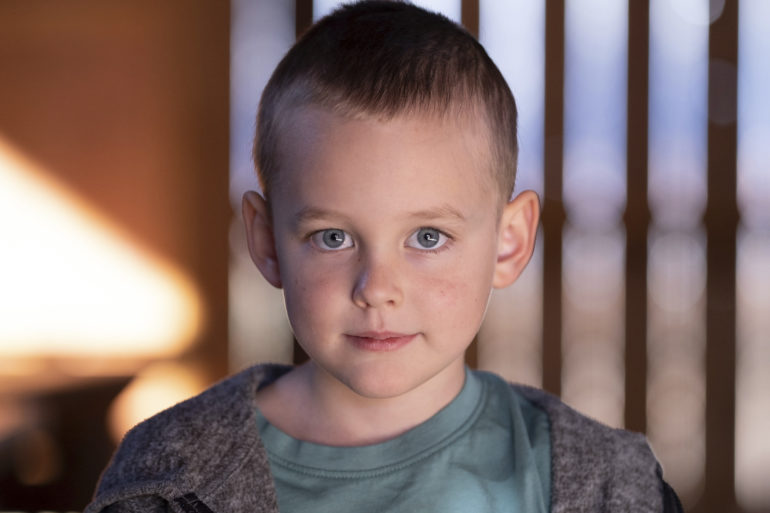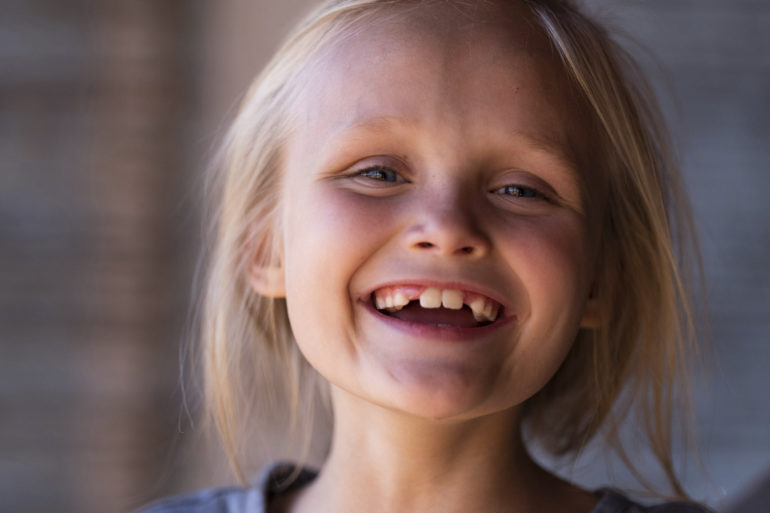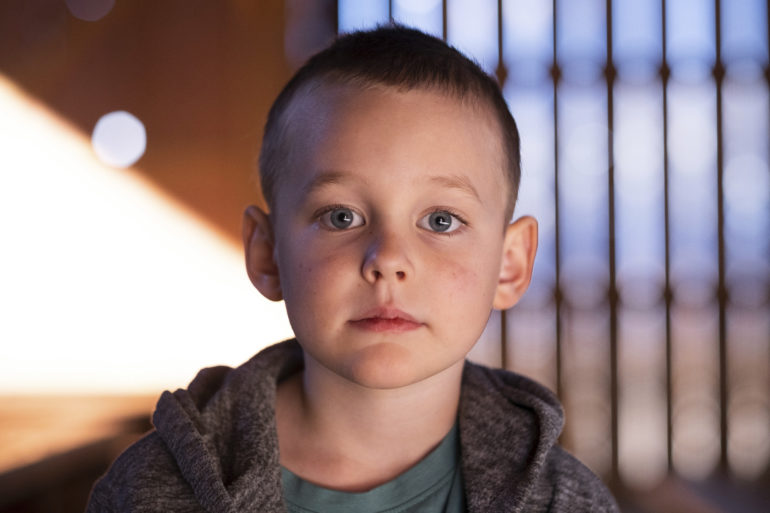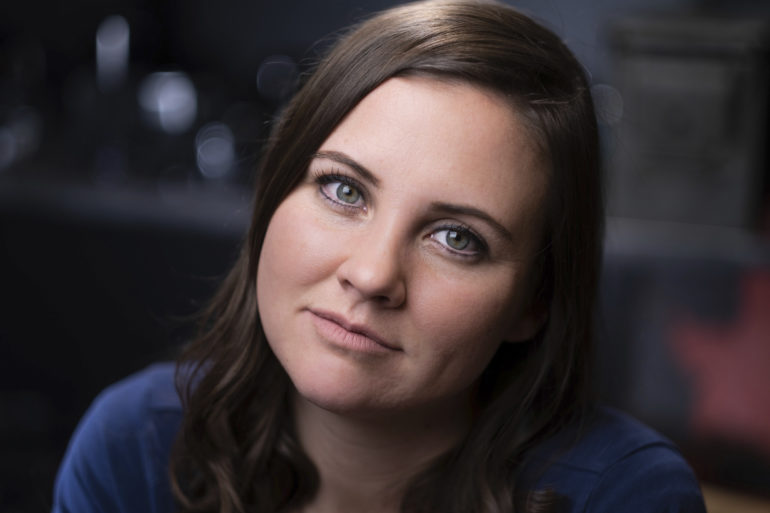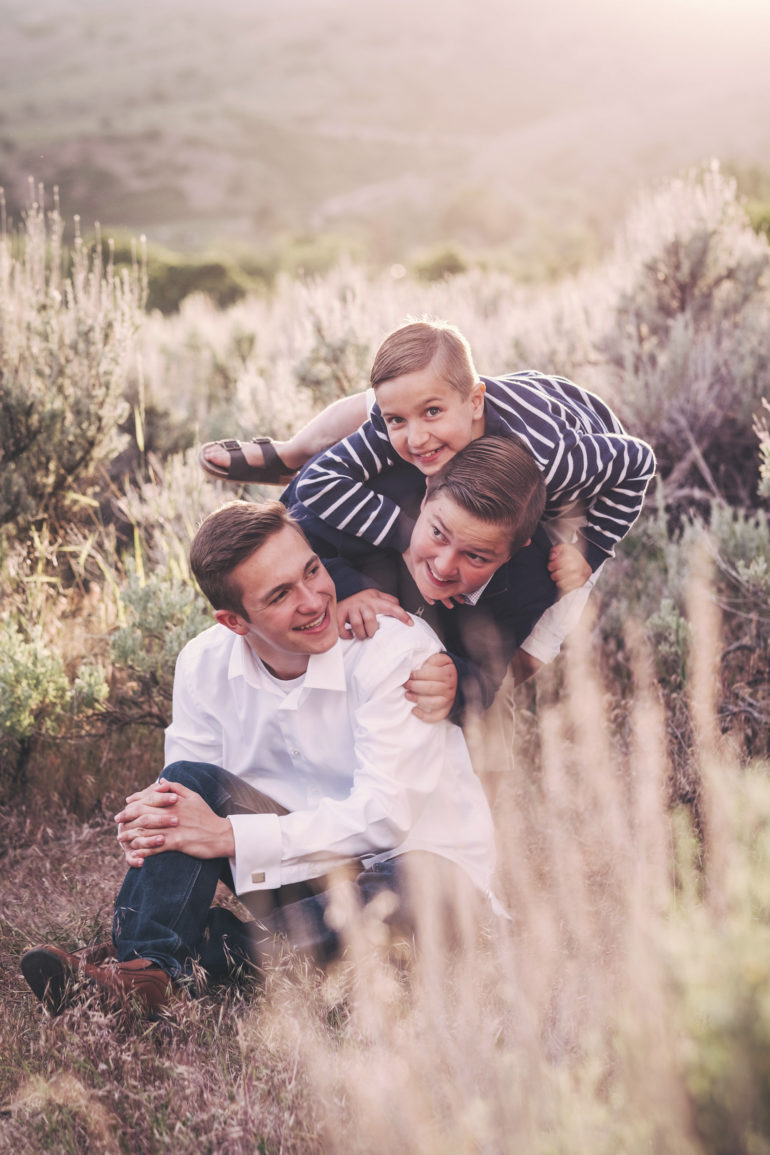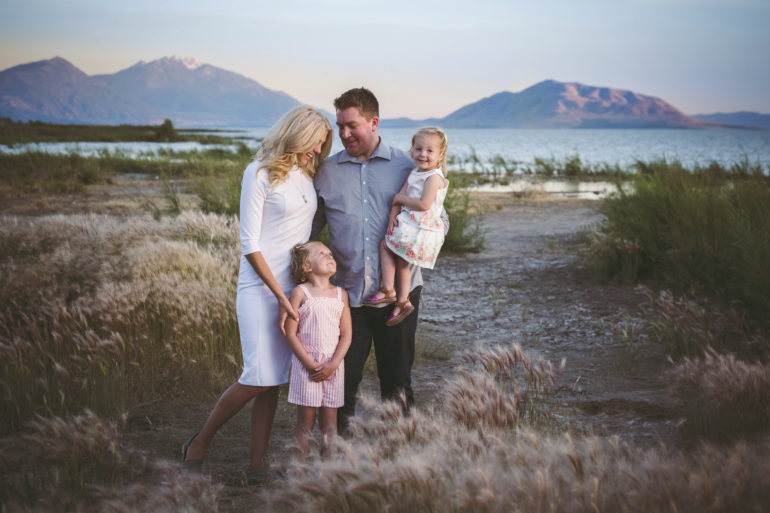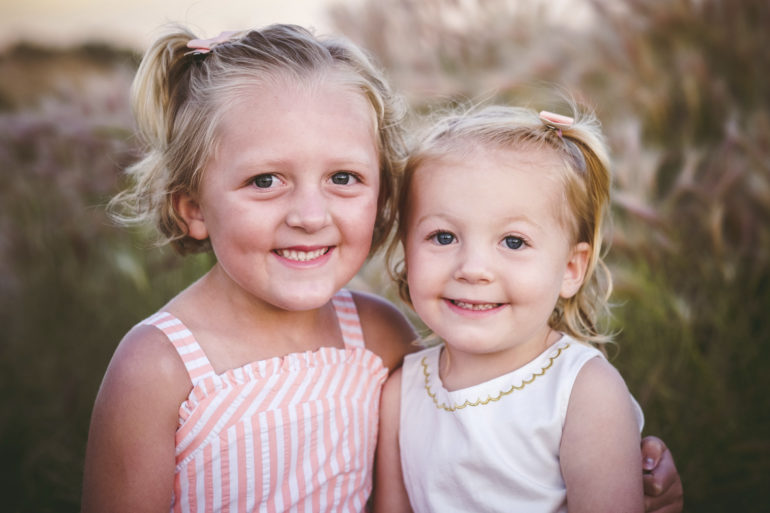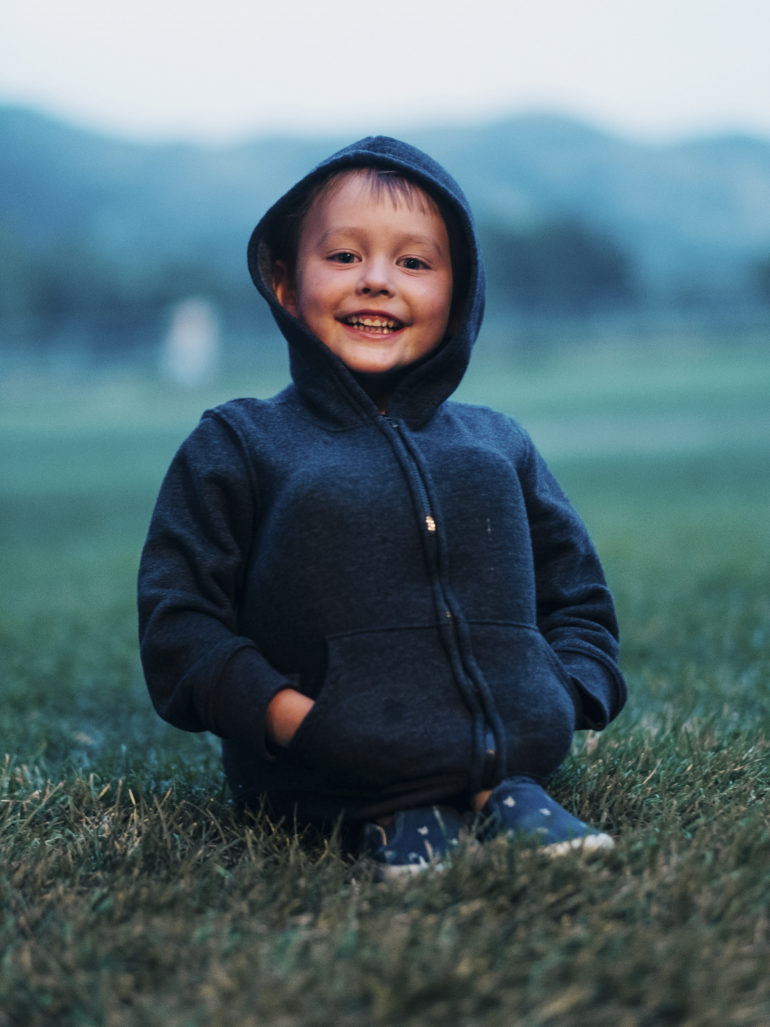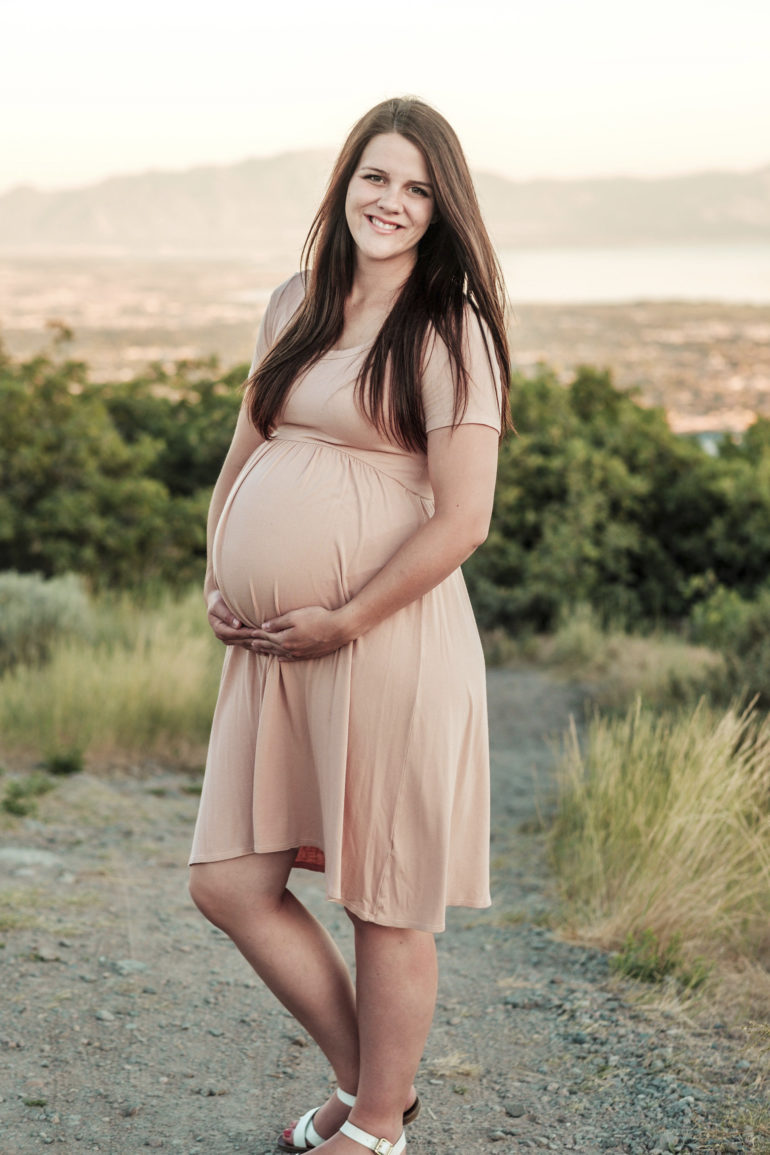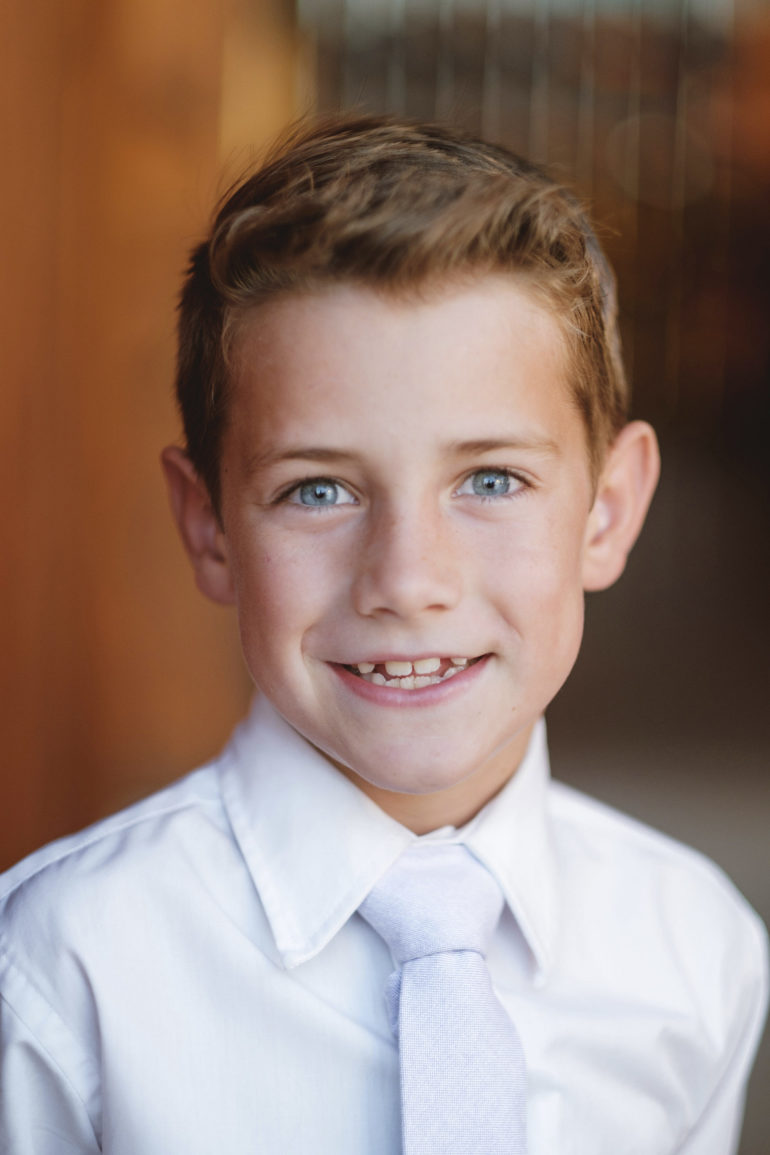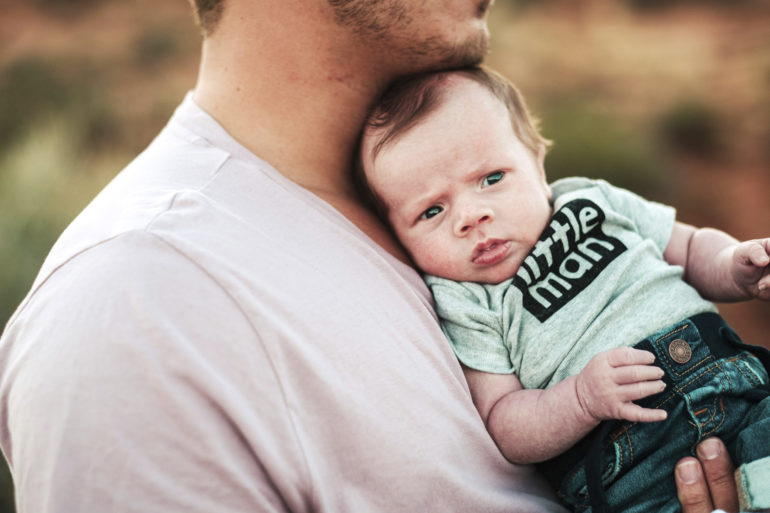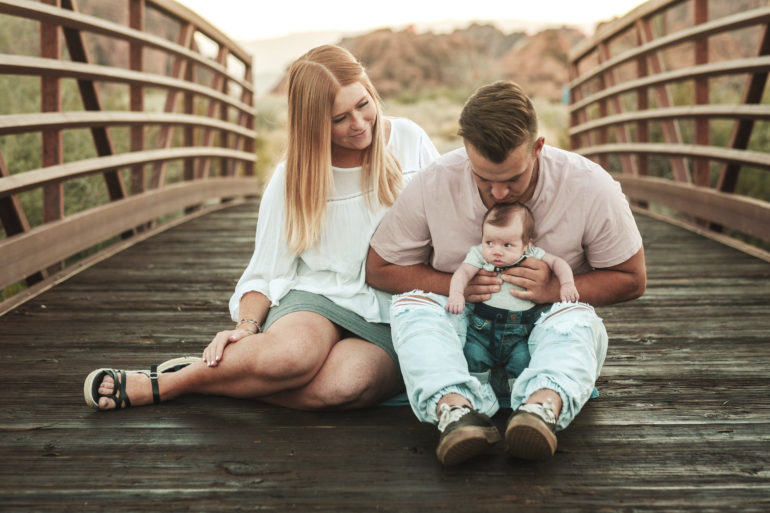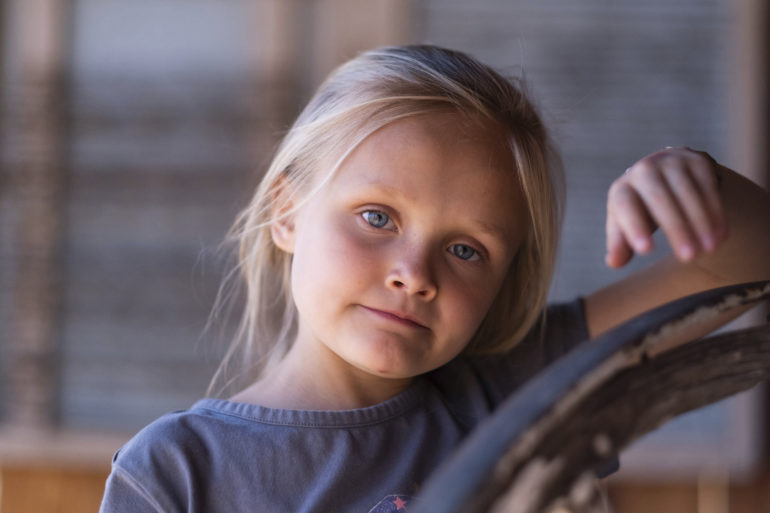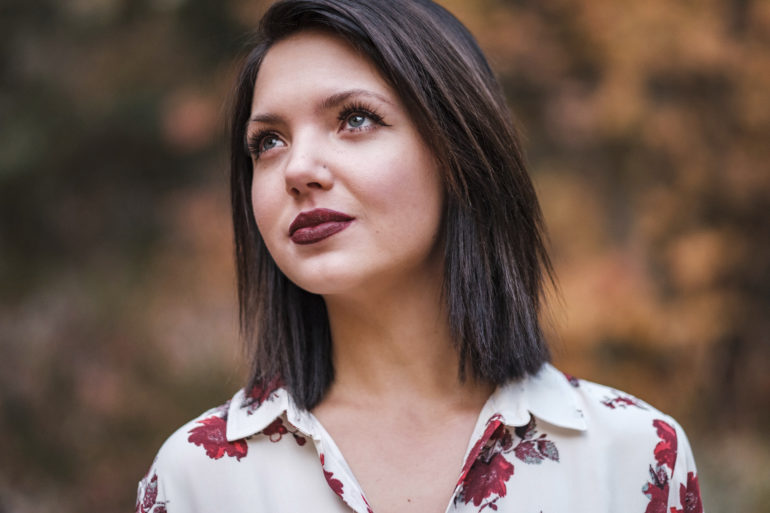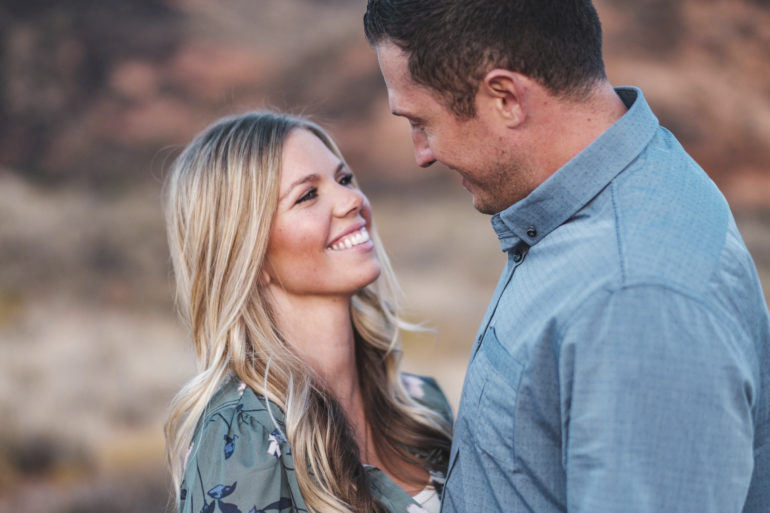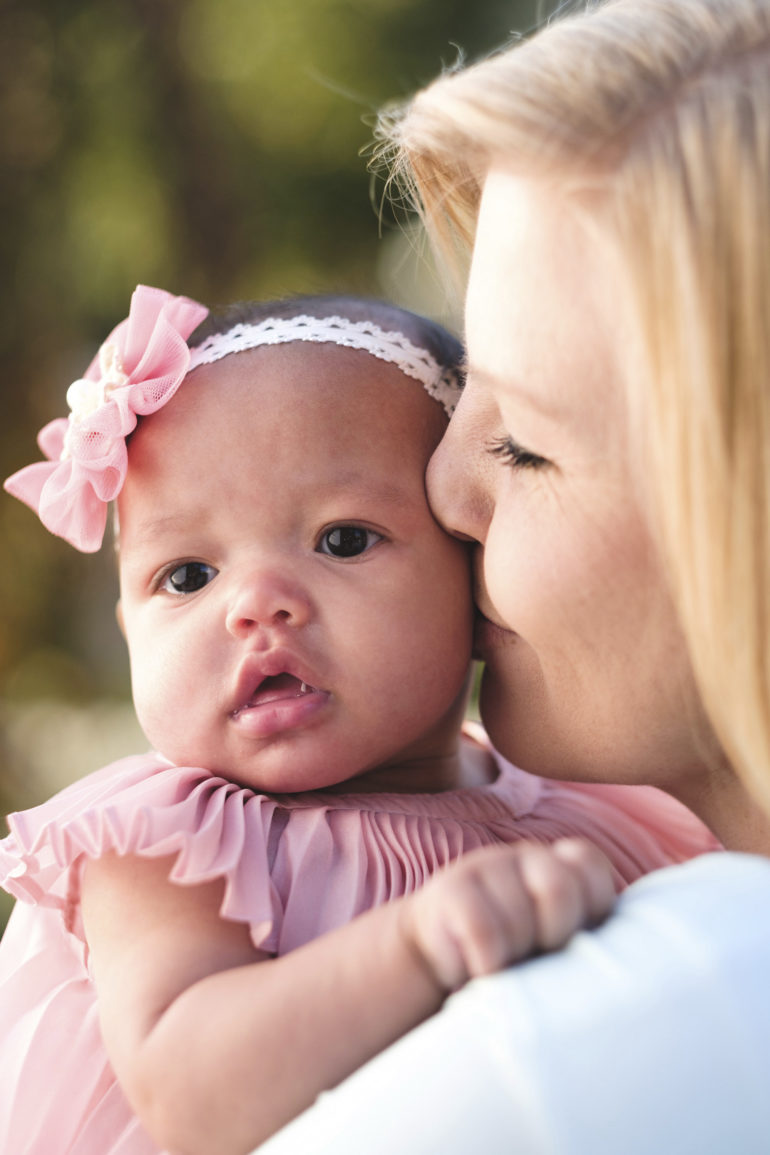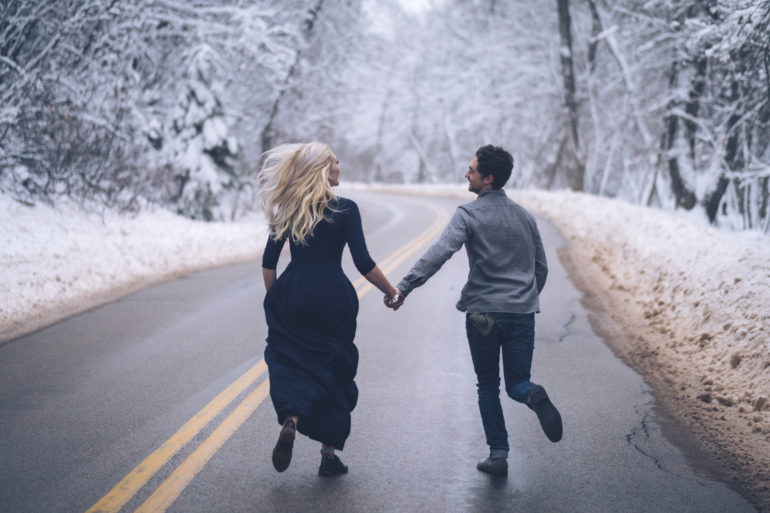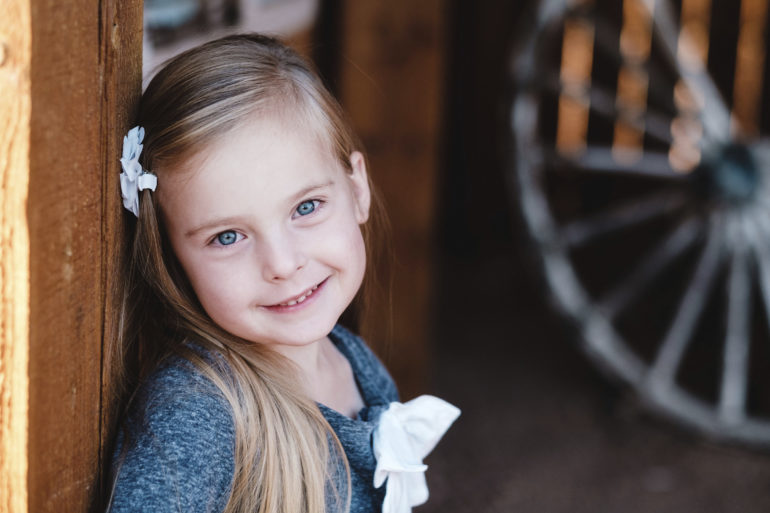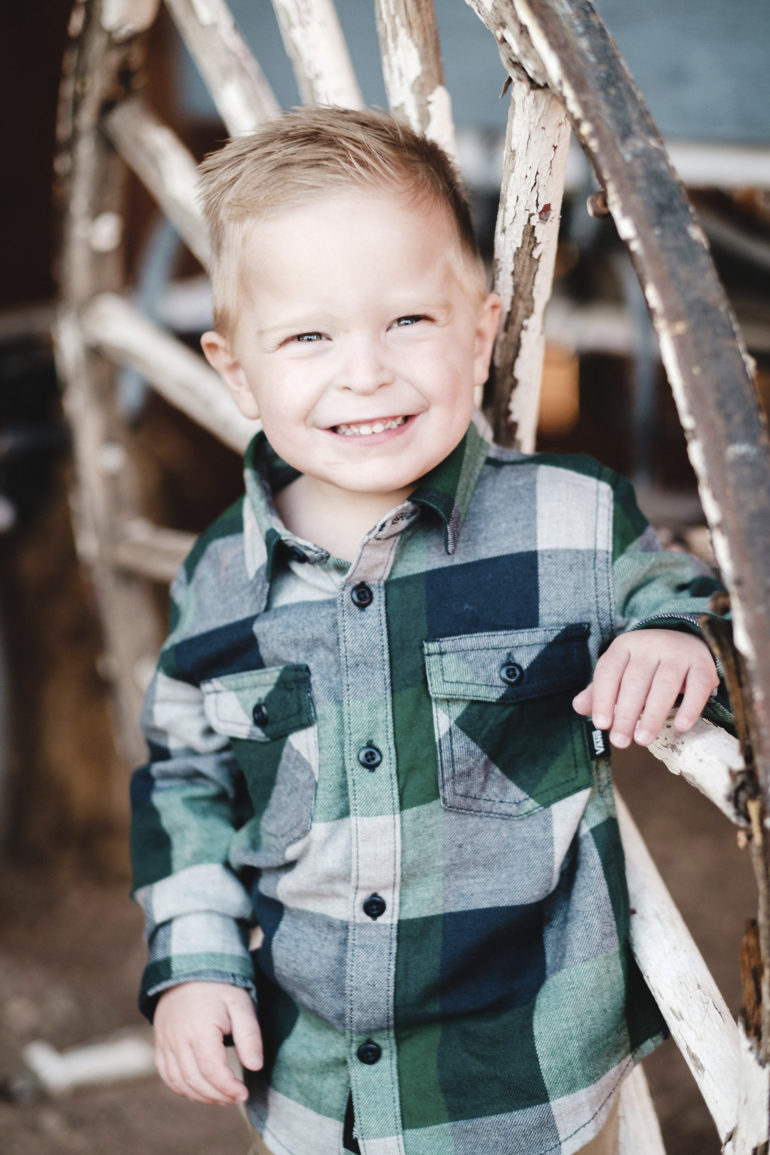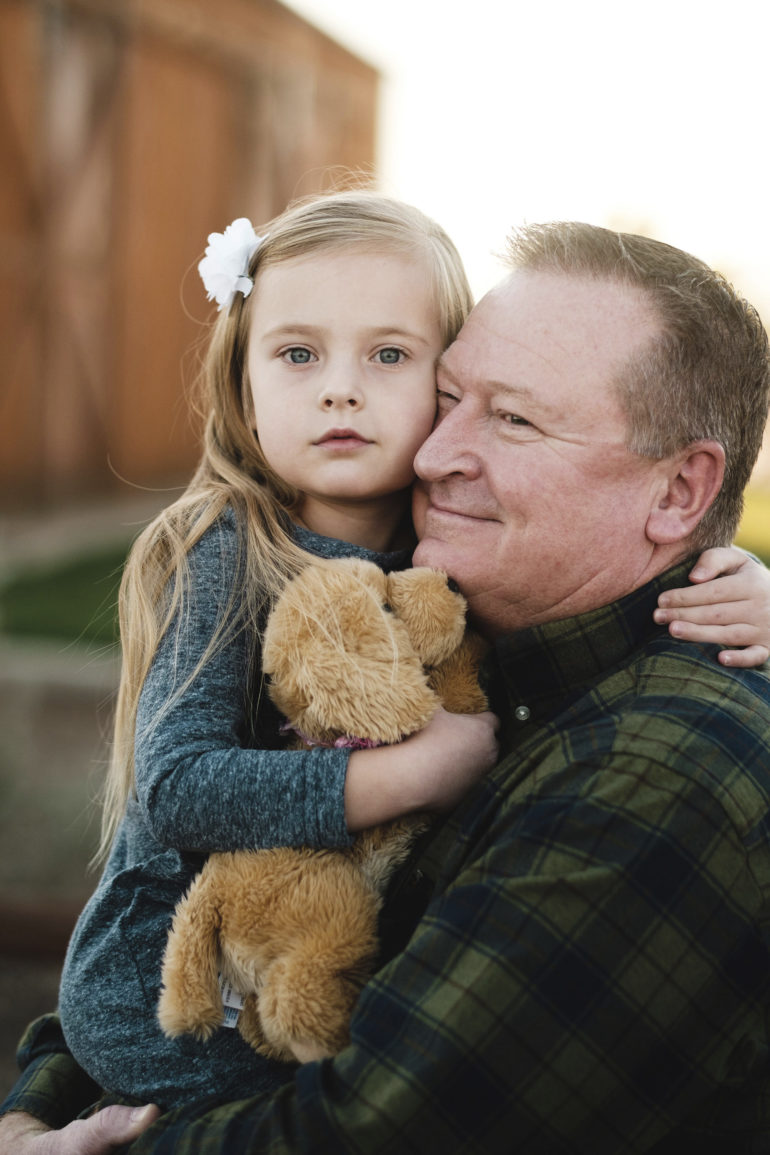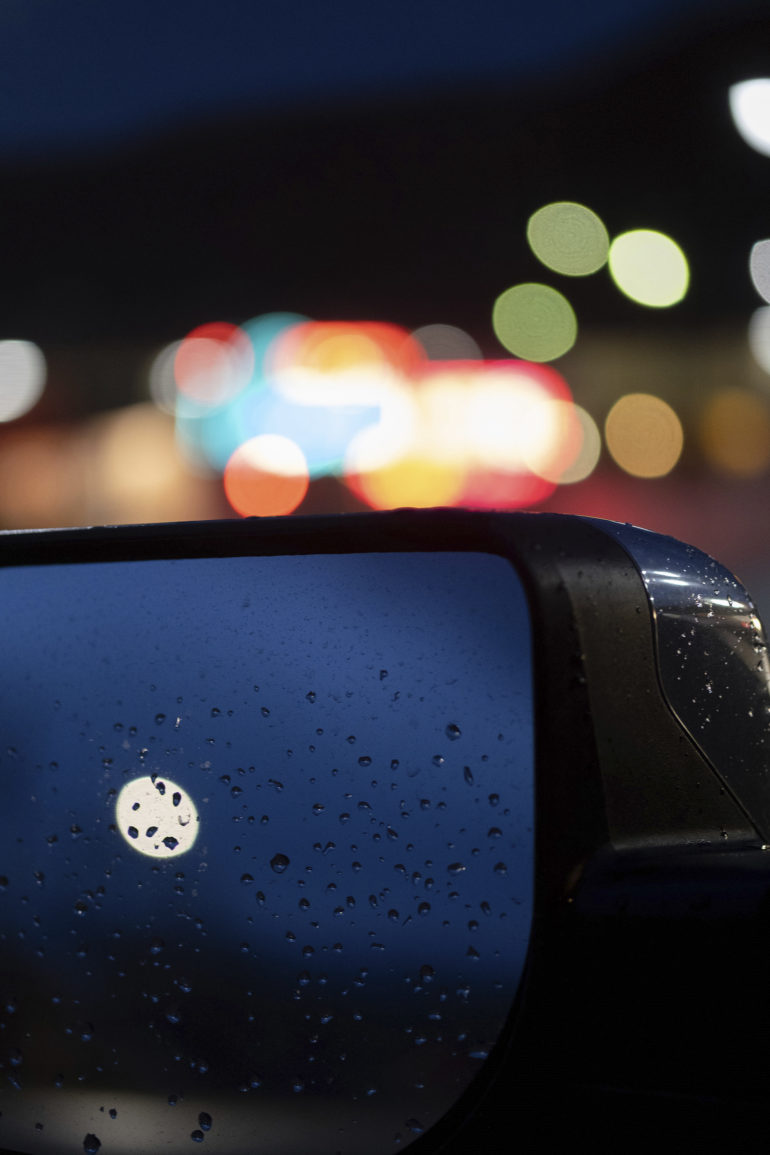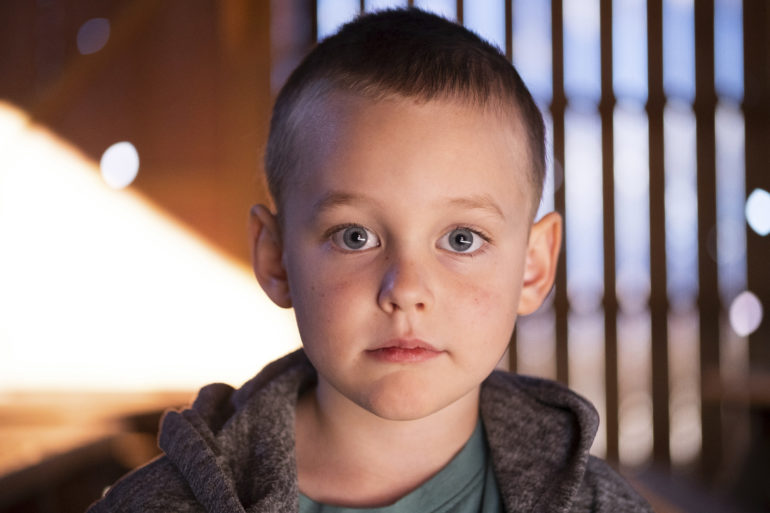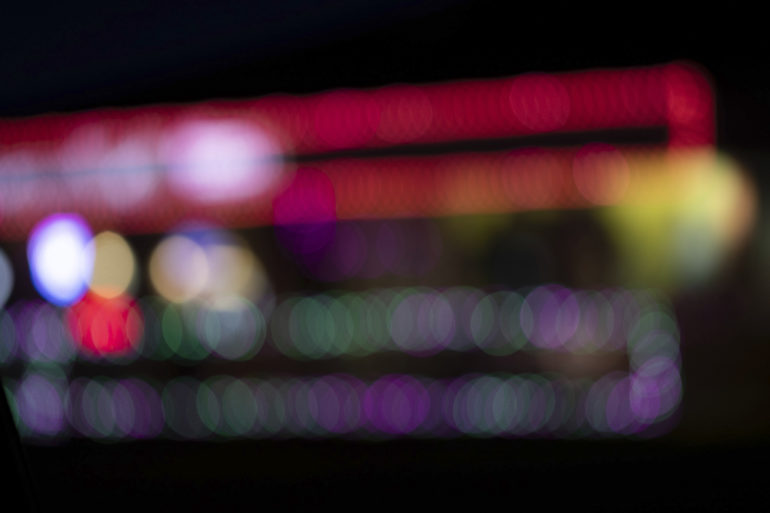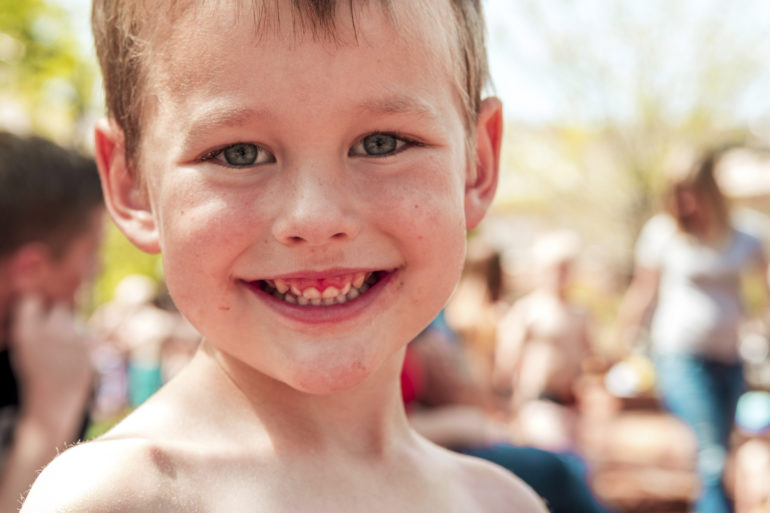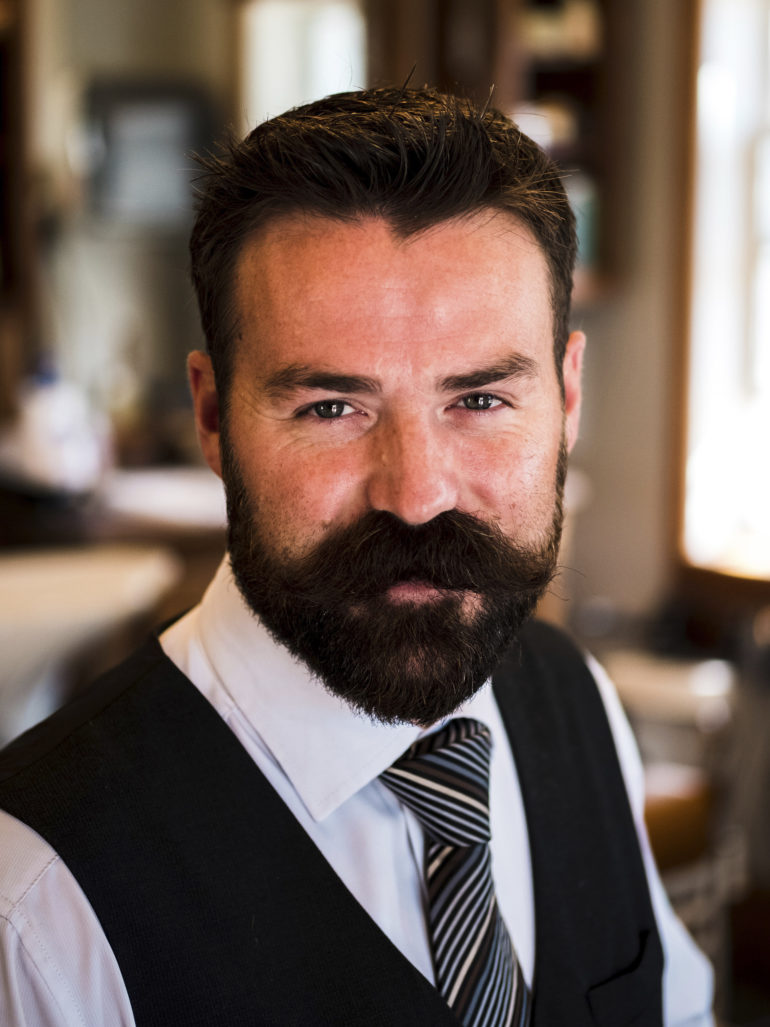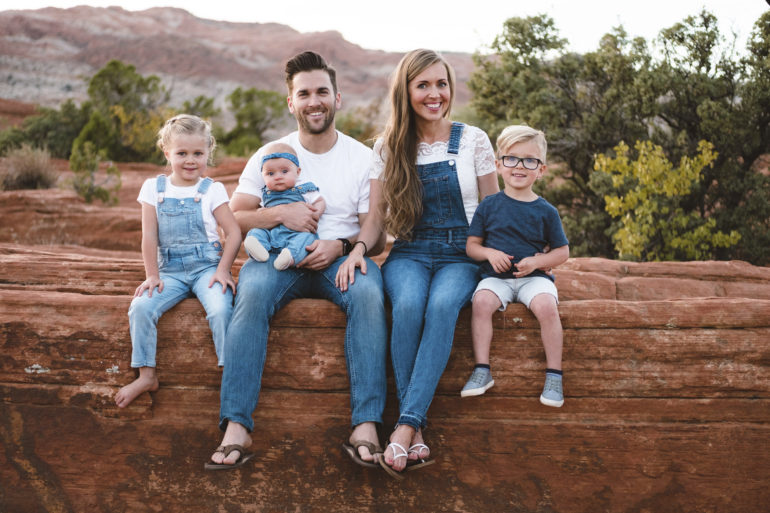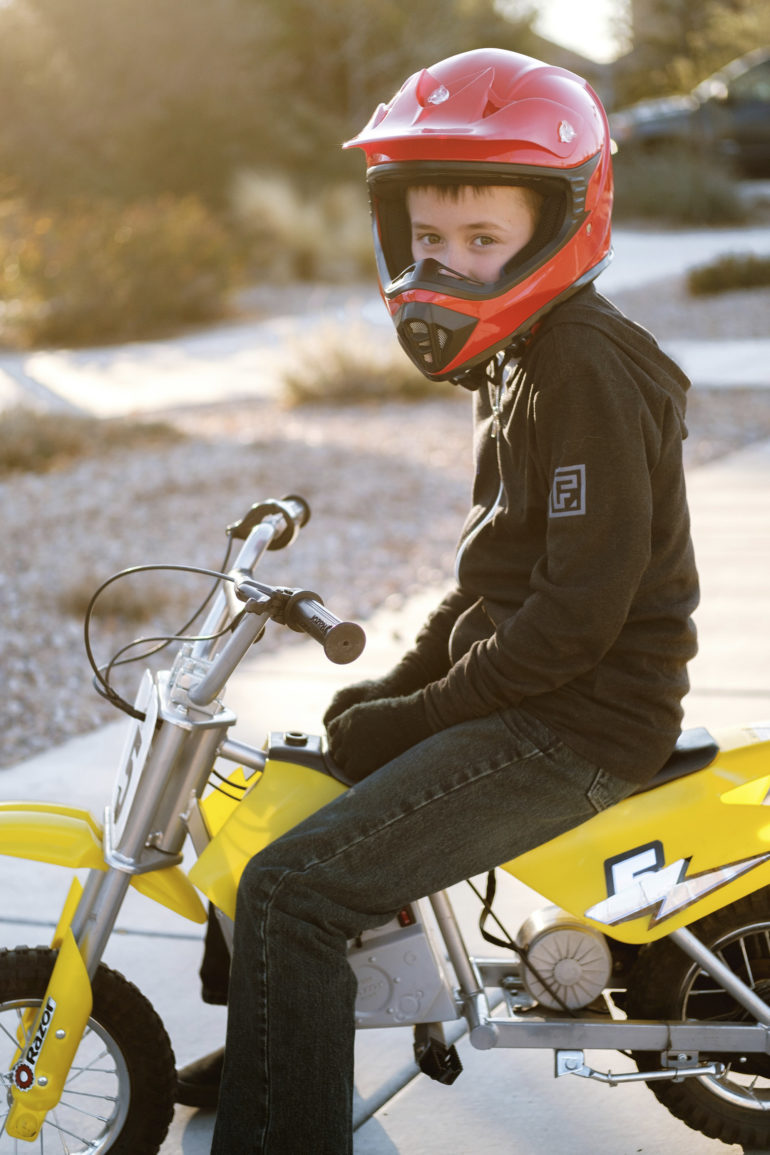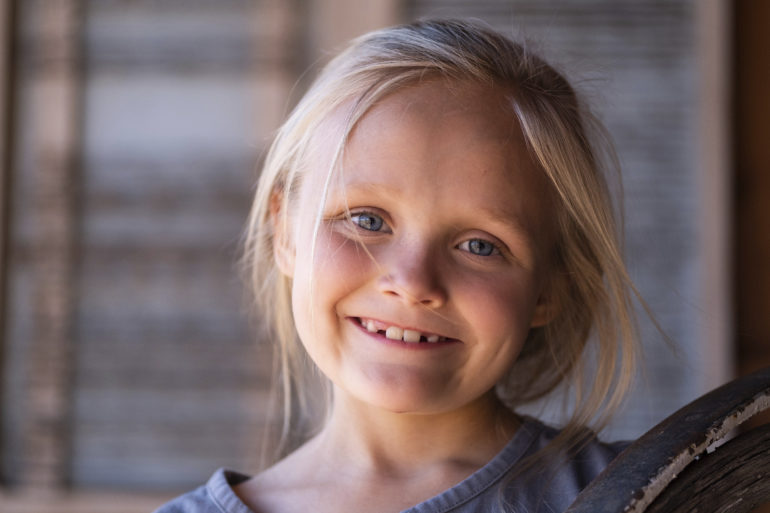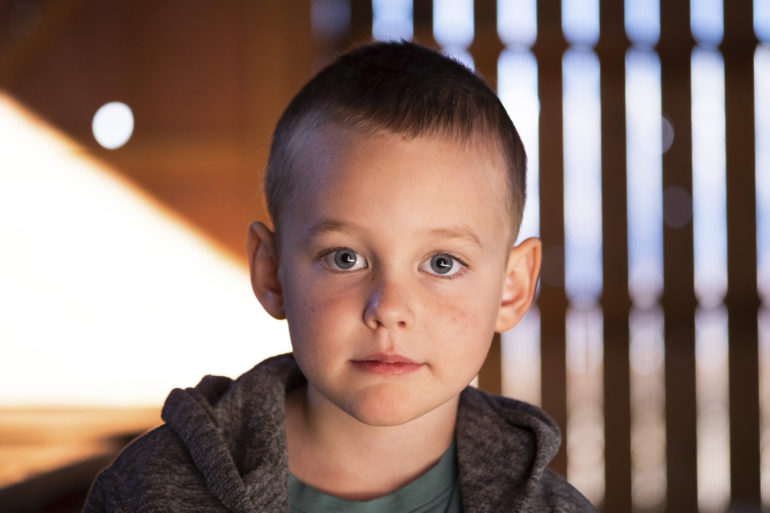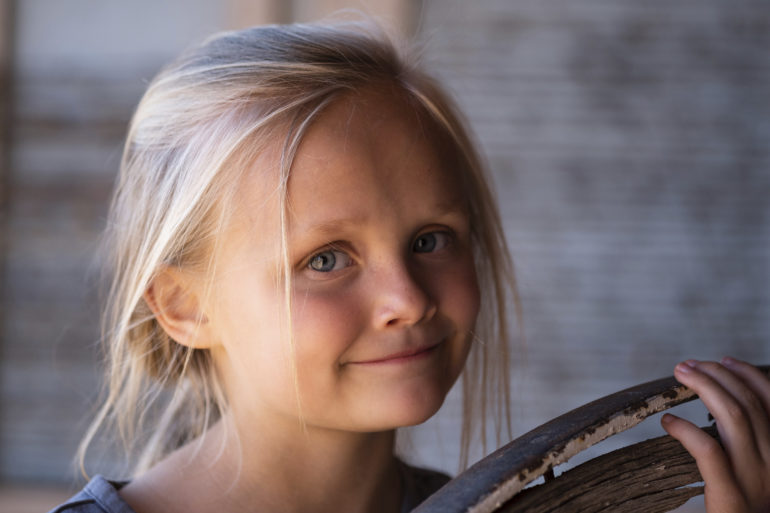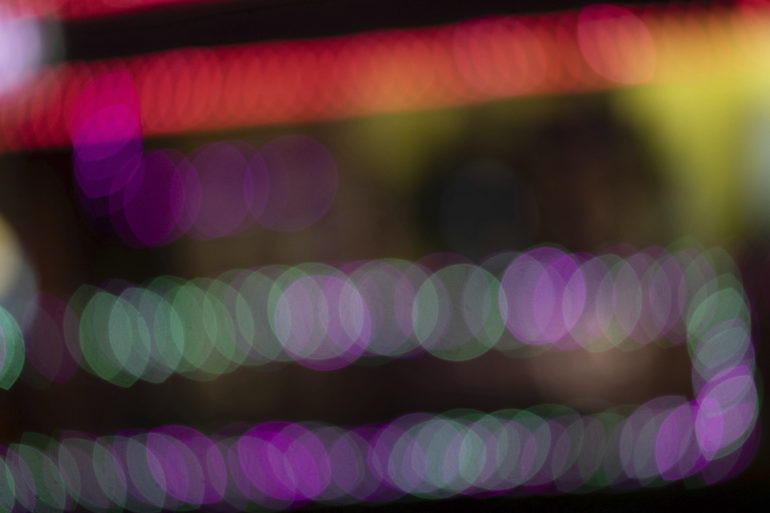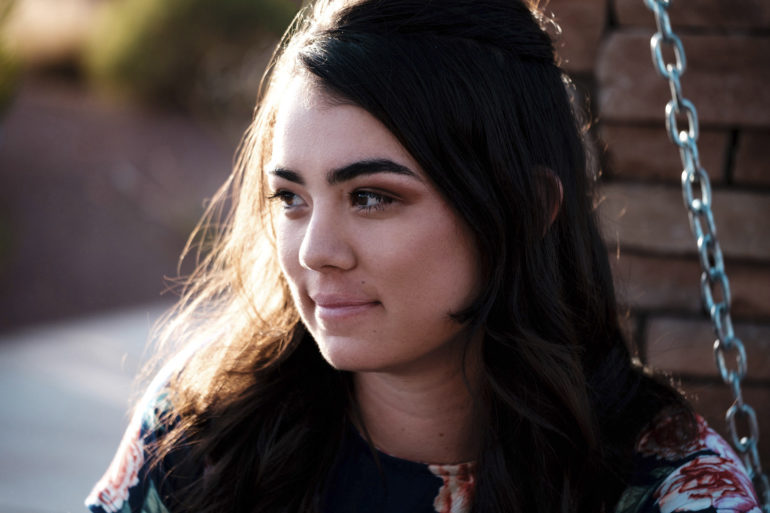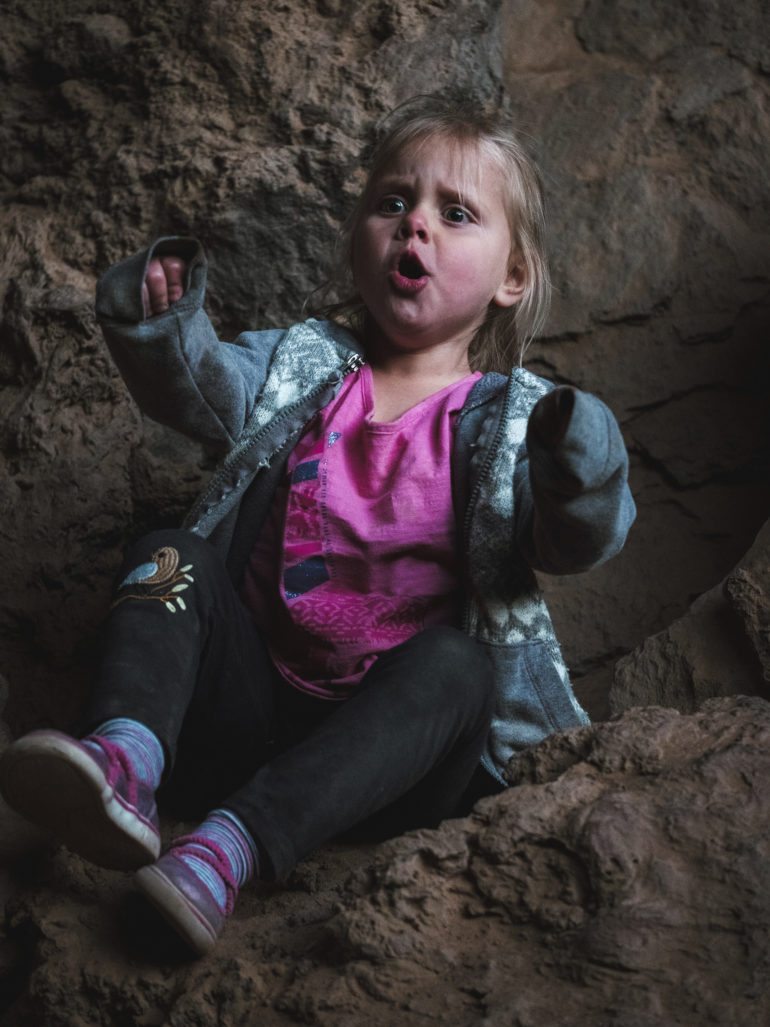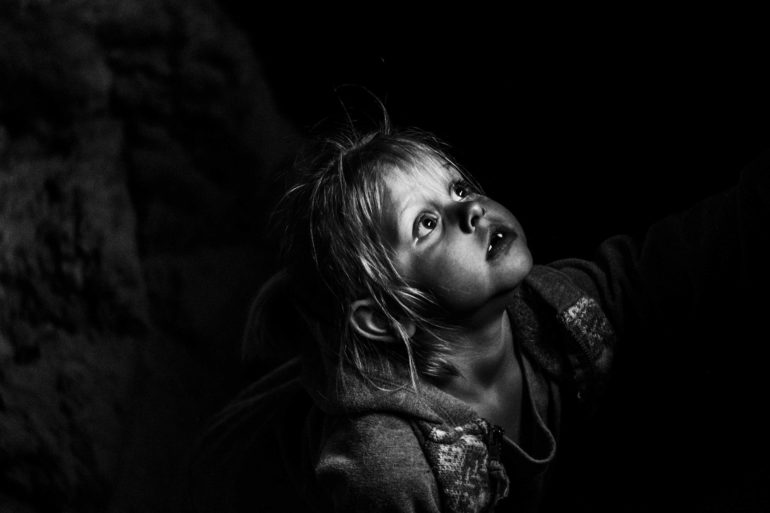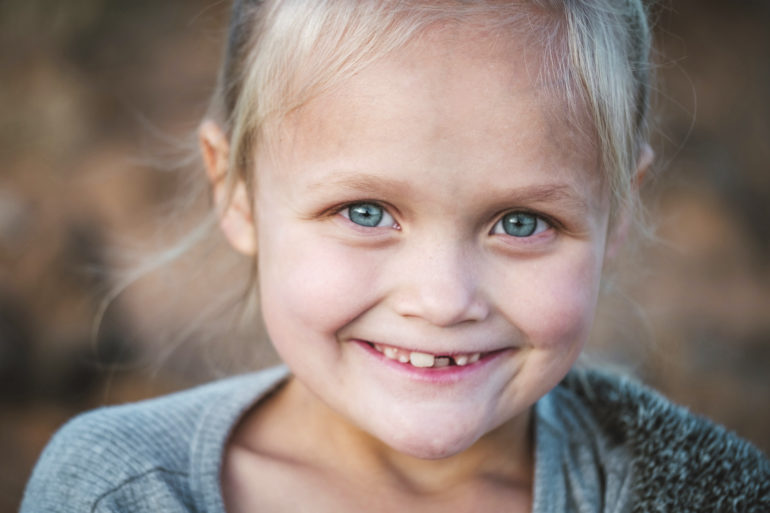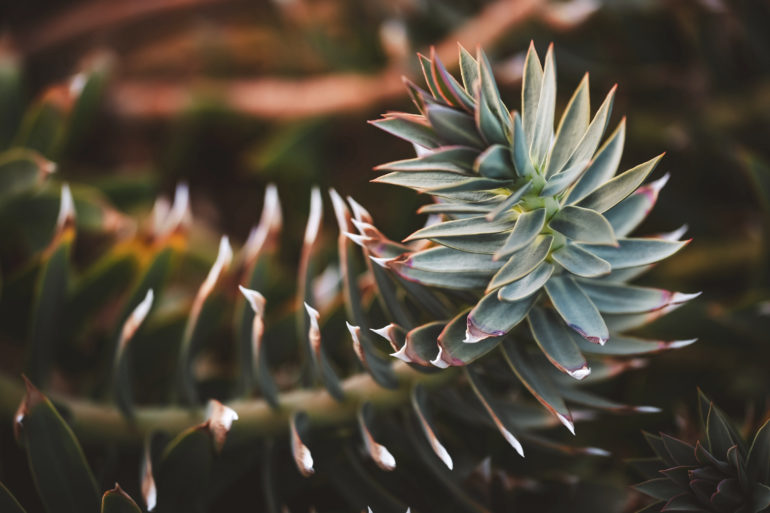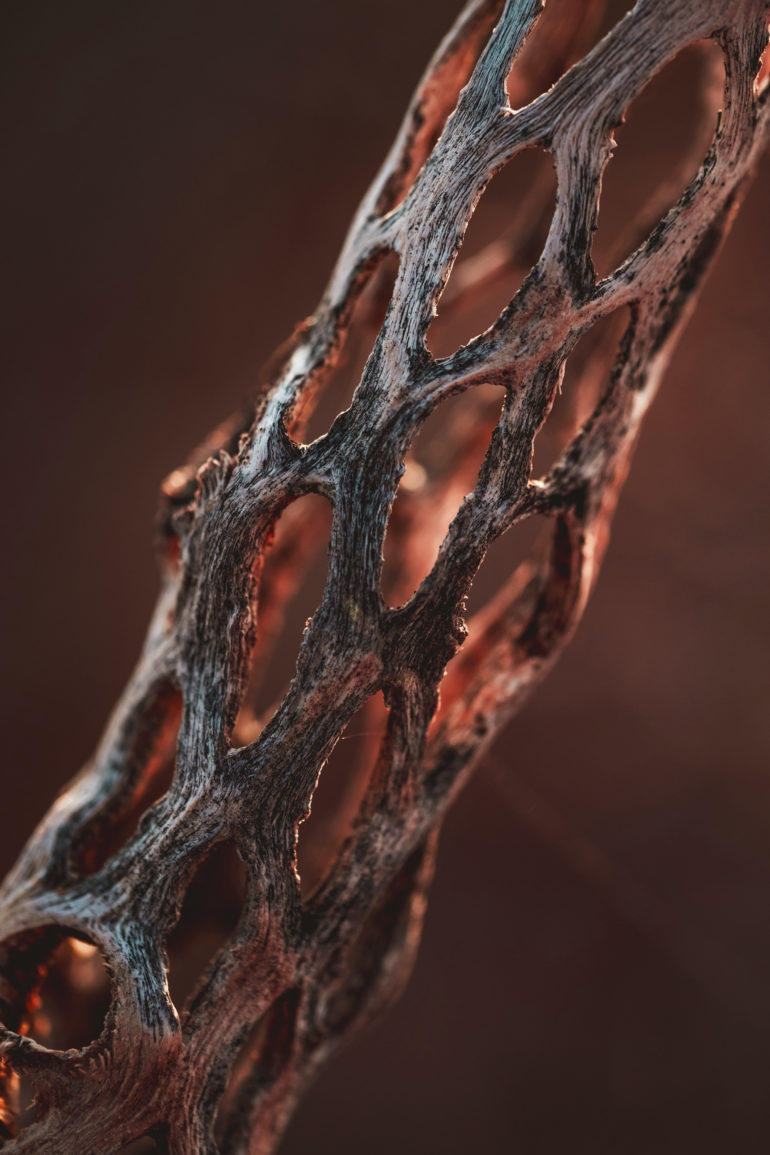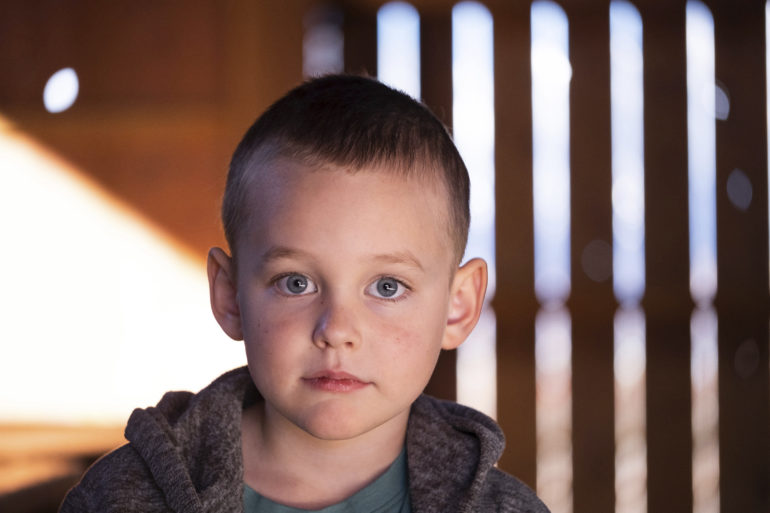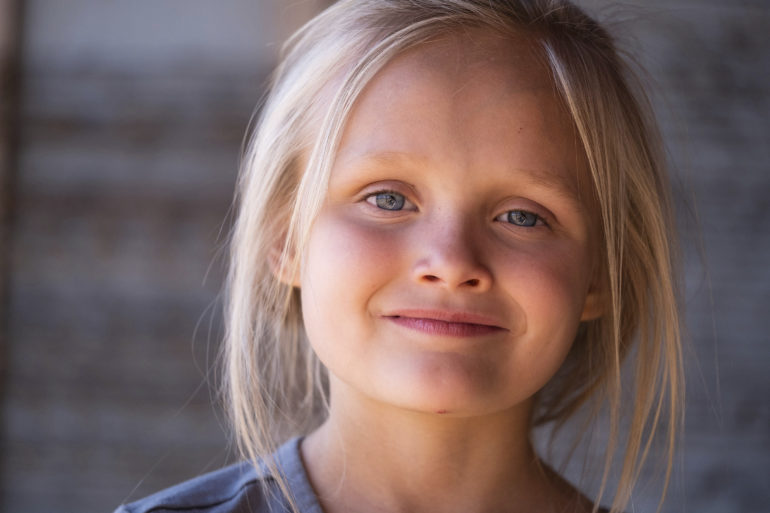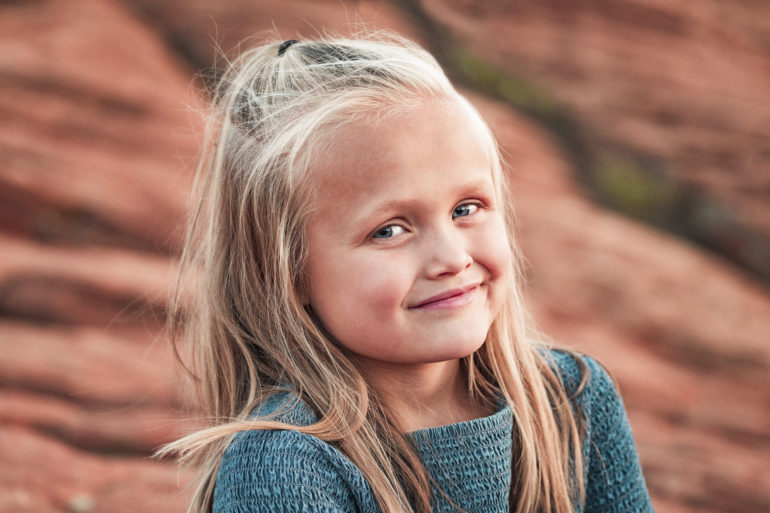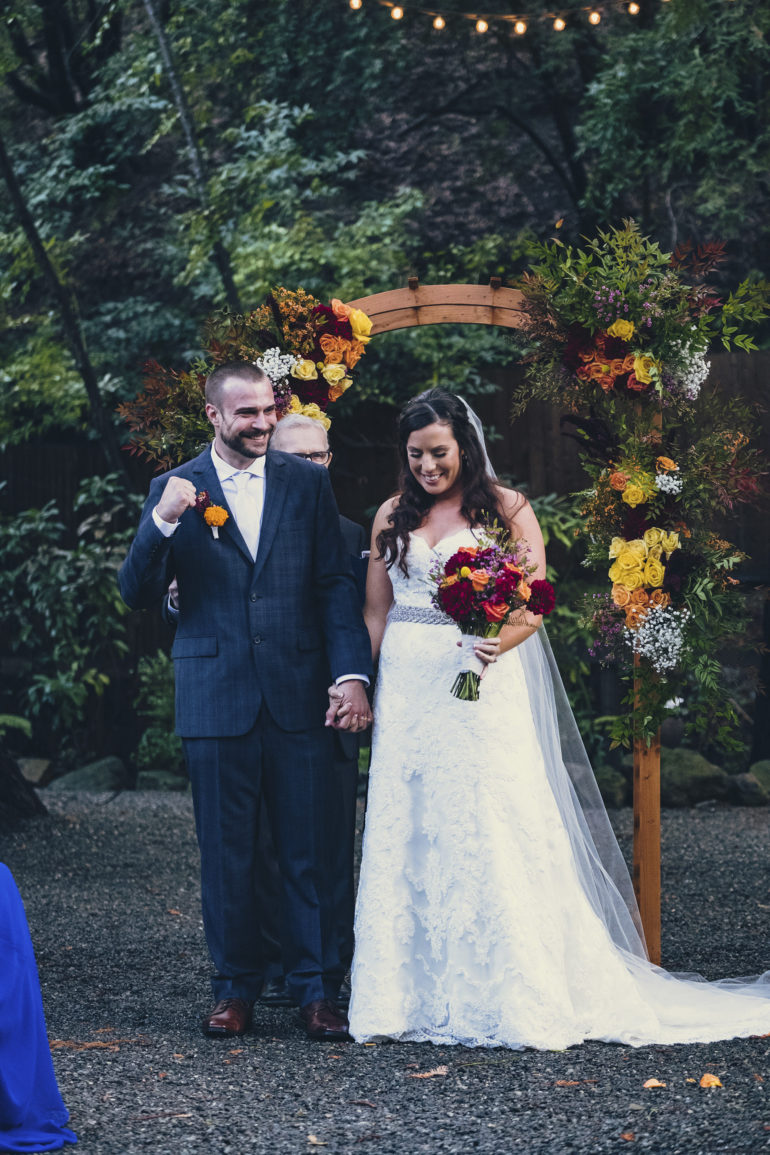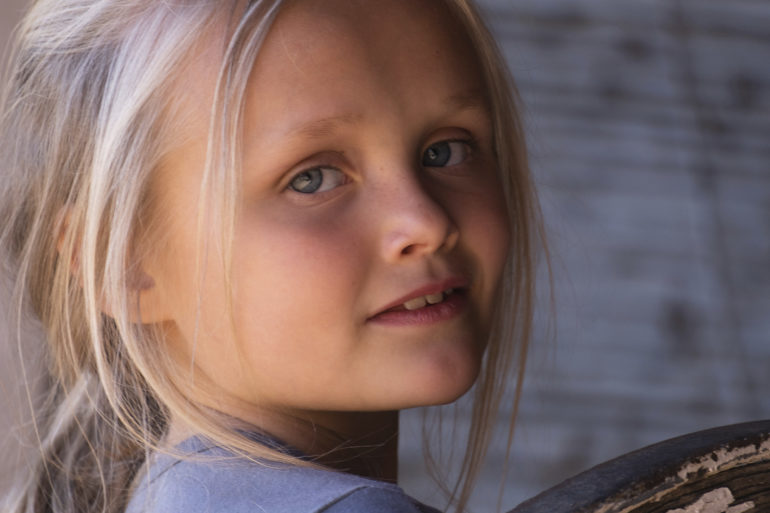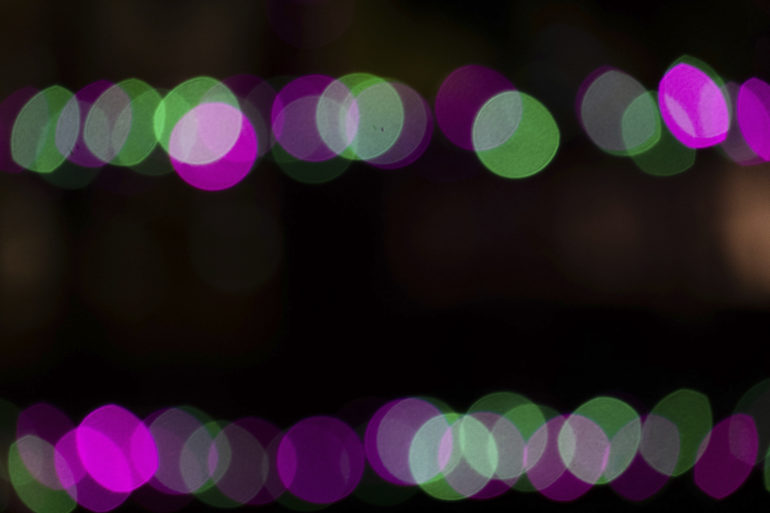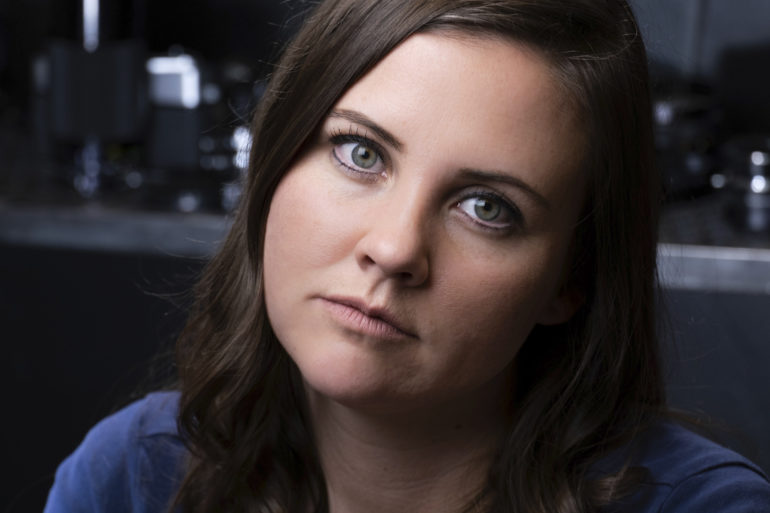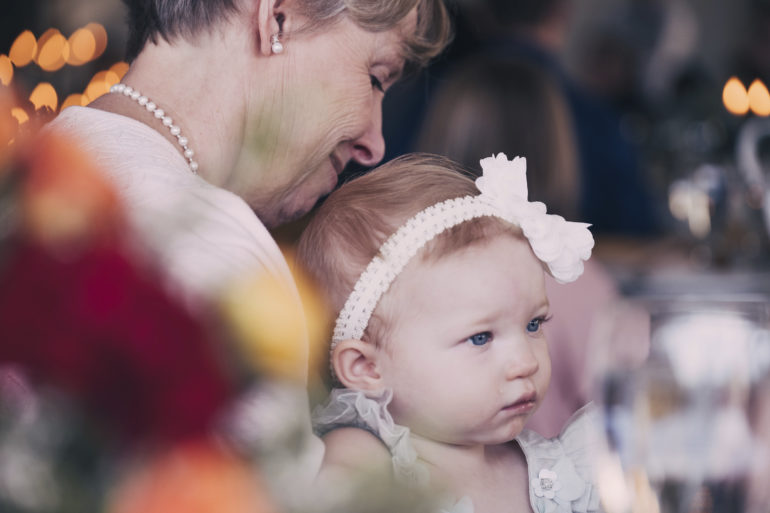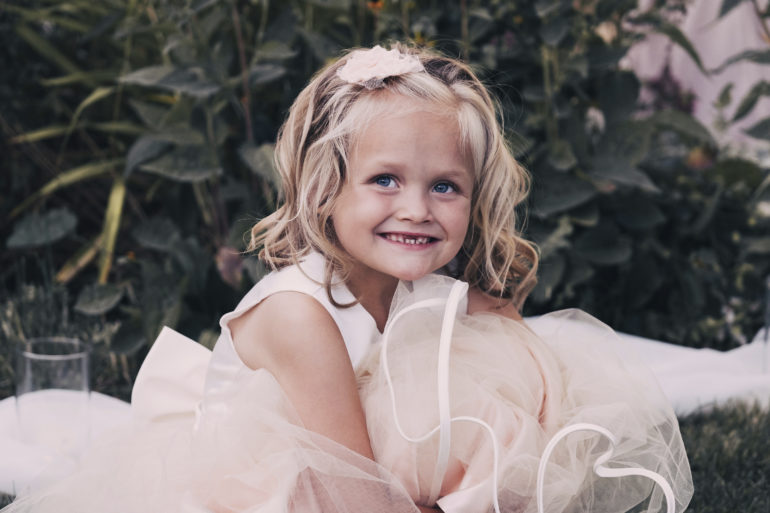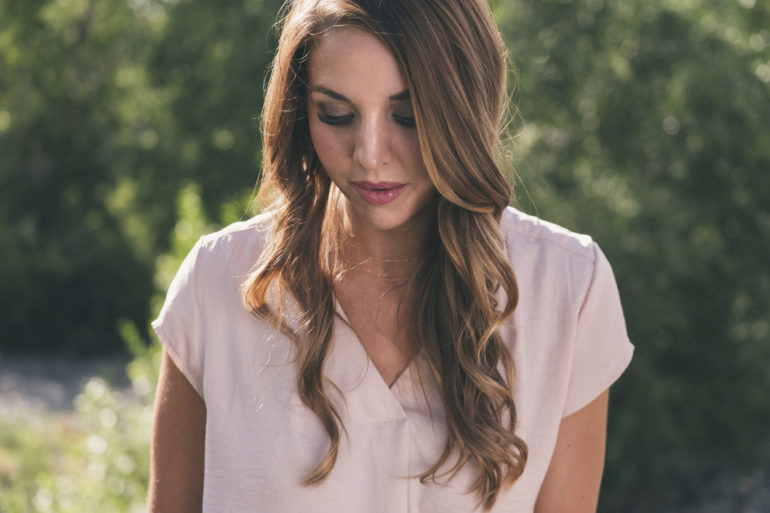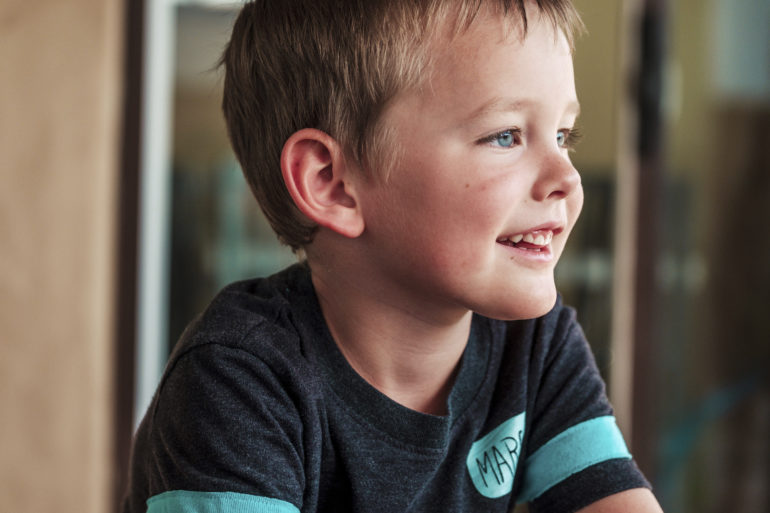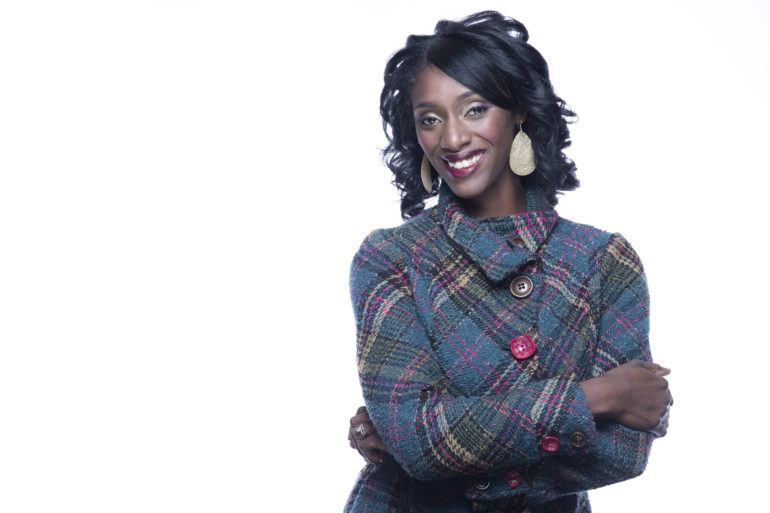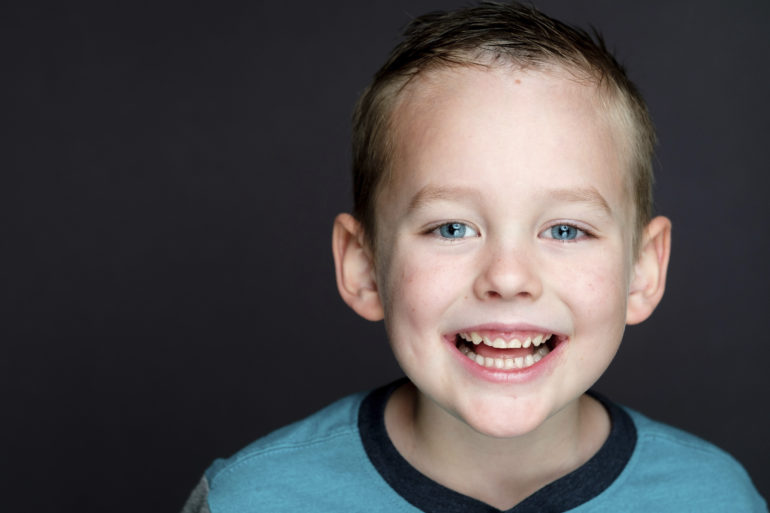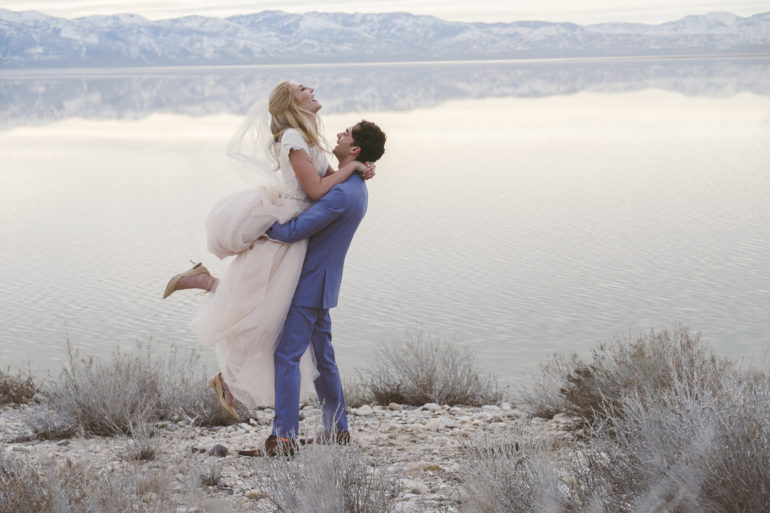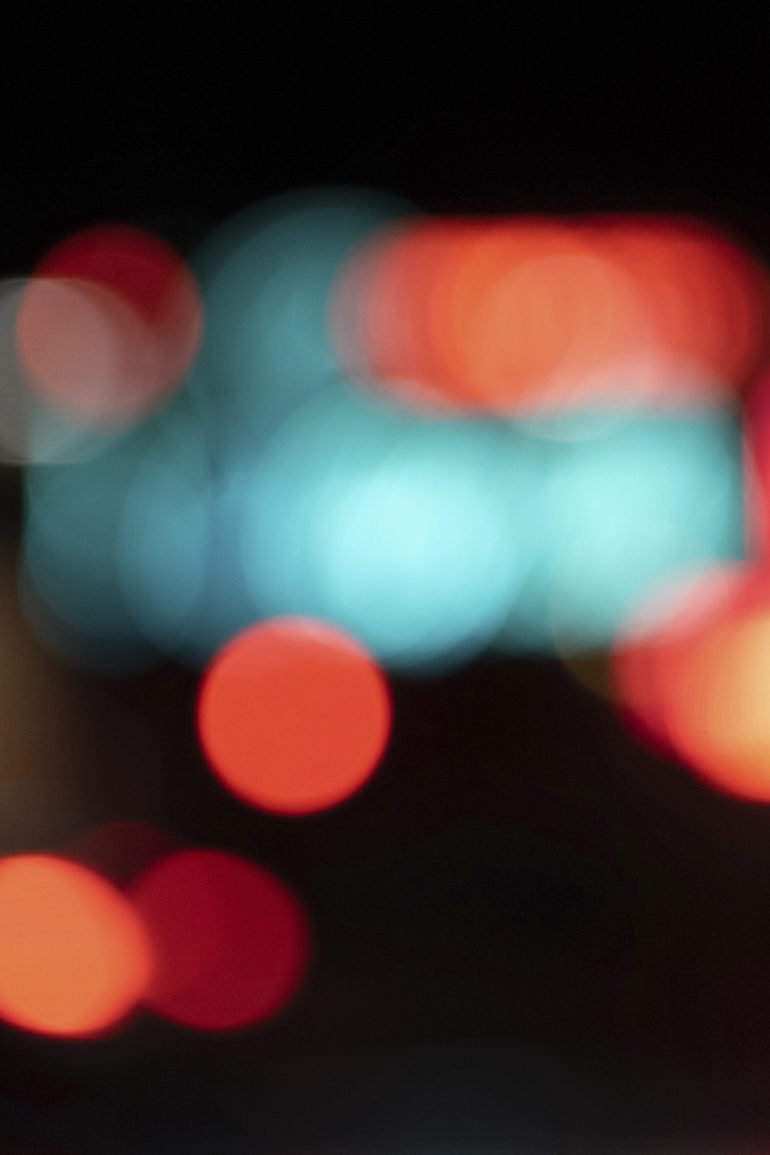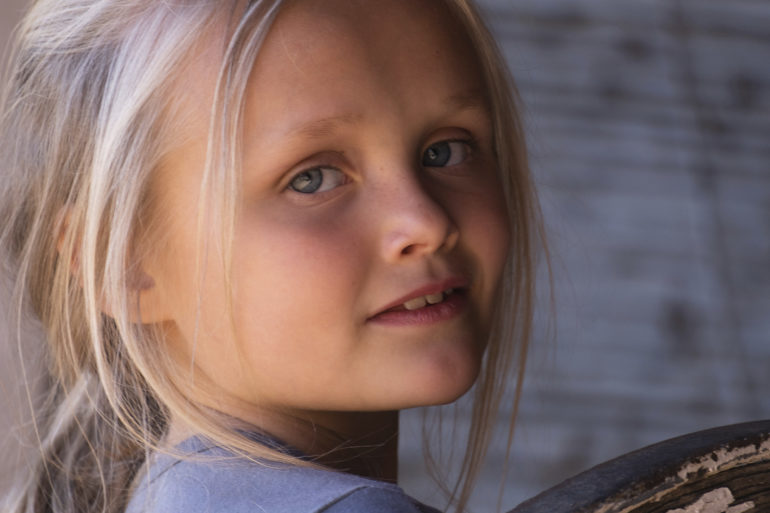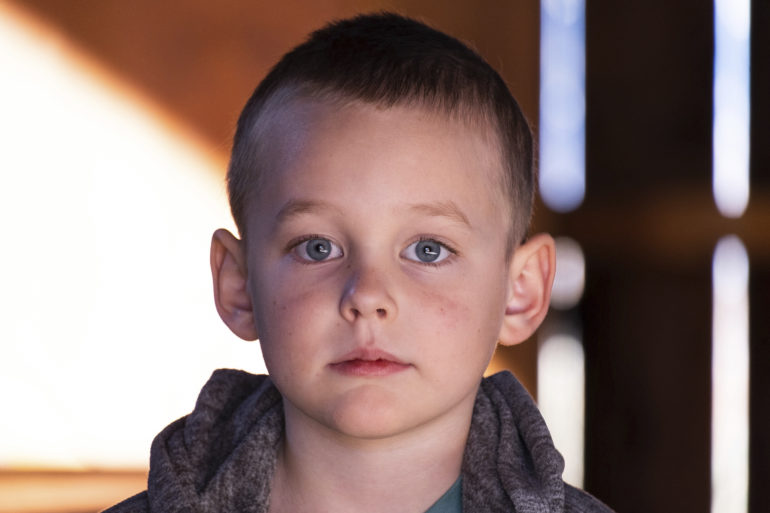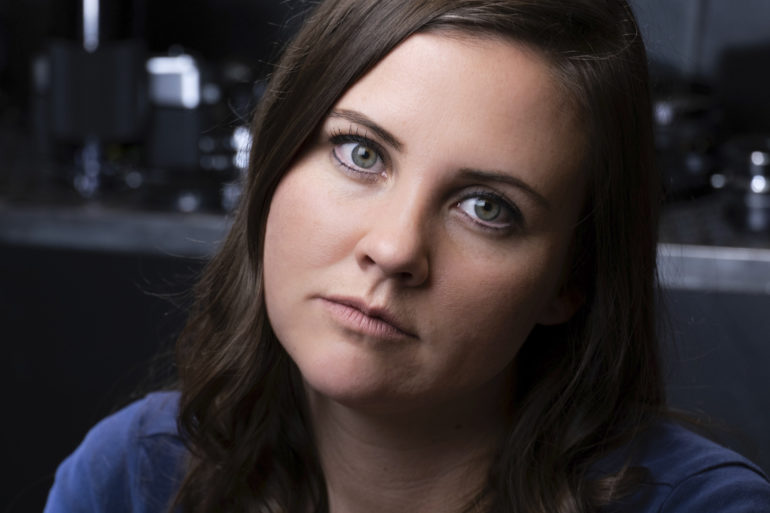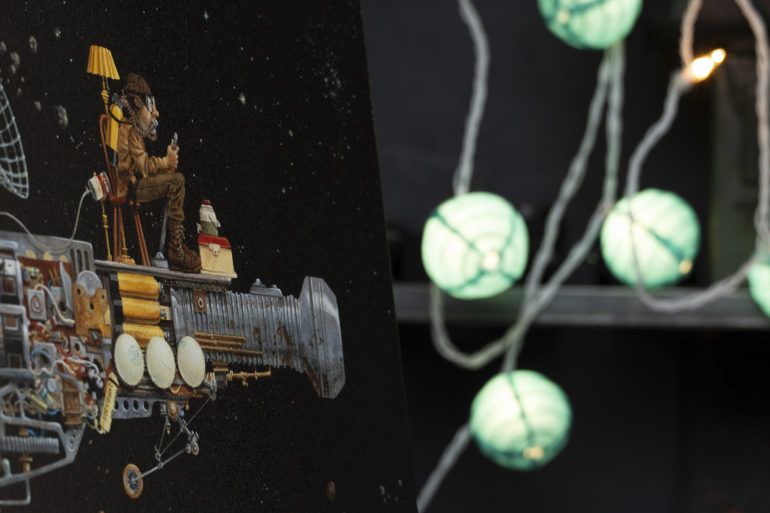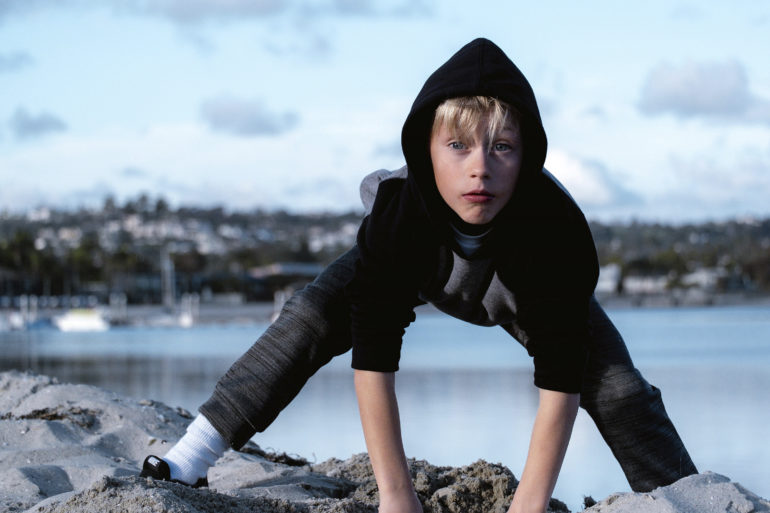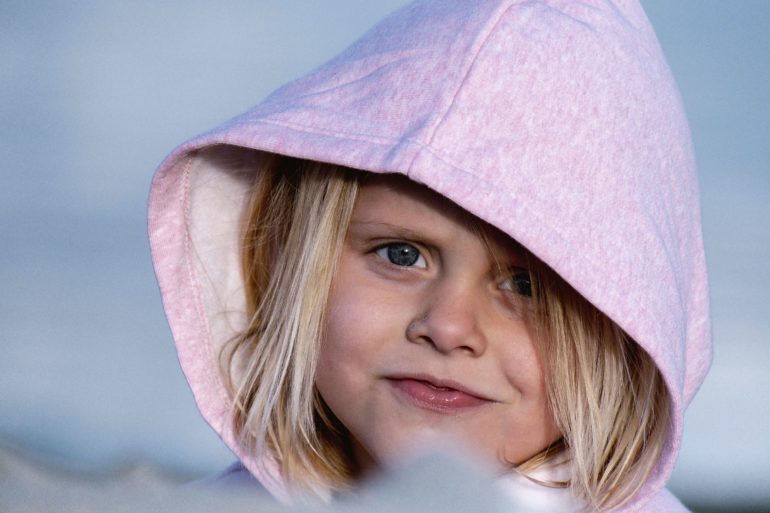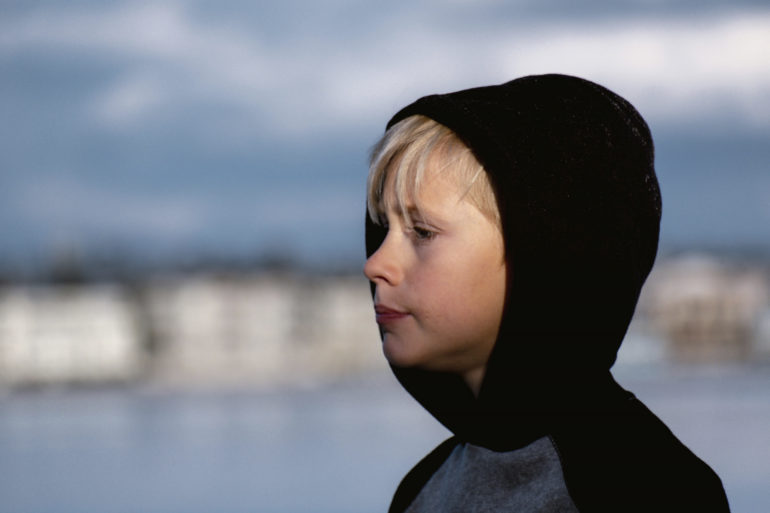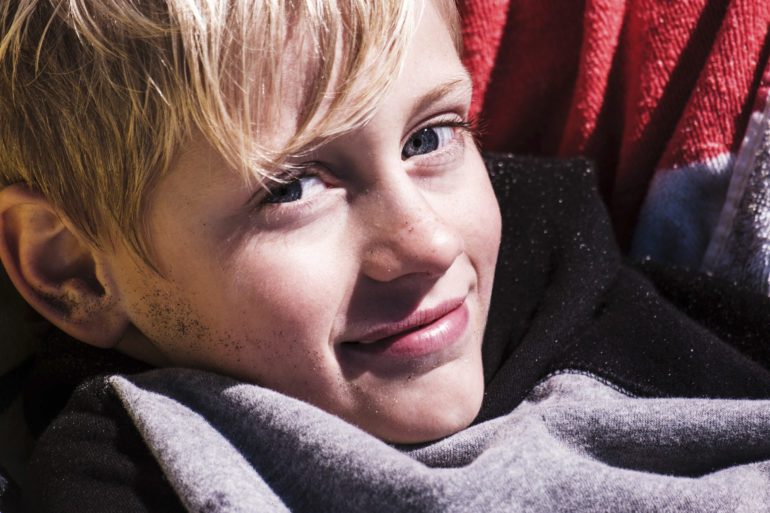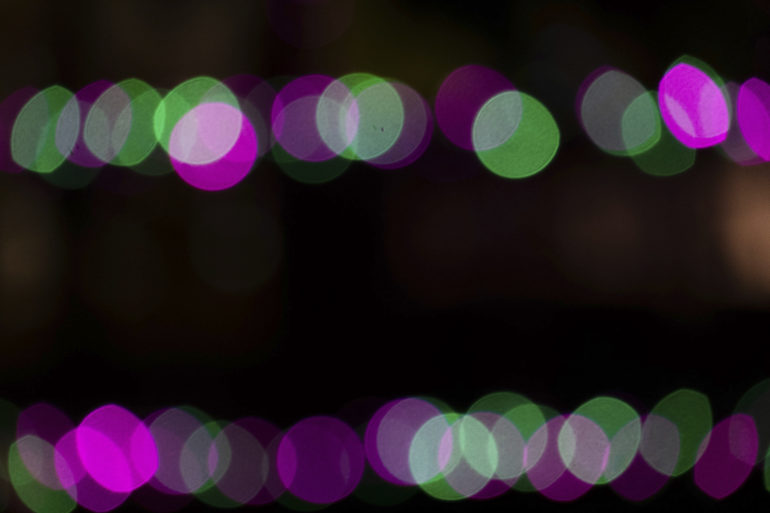Last Updated on 10/01/2020 by Chris Gampat
In this article, we’re going to do an in-depth comparison of seven Fuji portrait lenses.
Studying and comparing all these lenses is a bit of a daunting task. To make it easier to to tackle, we’ll come at this in two ways. First, I’m going to compare them all against each other. Then we’ll go through each of them, one at a time, and talk strengths and weaknesses of each but most cover who each one is for, and who each one maybe isn’t for. As we get into this, please keep in mind that these are the Fuji lenses that span the traditional portrait lens focal lengths. We won’t be discussing environmental portraiture, which normally require wider focal lengths. We’ll cover the focal length you would commonly expect to see in a headshot or classic portraiture situations, so anywhere from 50mm to mid hundreds (speaking in APS-C focal length terms).
Editor’s Note: These findings are from Denae and Andrew. They aren’t based on the findings of the Phoblographer staff. To supplement the publishing of this piece, we supplied some of our own images.
I also think it’s important to mention that while most of these lenses I would squarely label as professional portrait lenses, three of these lenses aren’t exactly portrait lenses. Both the 60mm f2.4 and the 80mm f2.8 are labeled as macro lenses (although there is debate on if we can qualify the 60mm 2.4 as a true macro lens). However, I get asked all the time (especially with the 80mm 2.8) how they do as portrait lenses, so I don’t think this study would be complete without them. Additionally, the XC 50-230mm f4.5-6.7 is generally considered more of an all-purpose super zoom, starter lens, which you can find in more affordable Fuji kits. The reason I include it here is because many newer photographers want to know if this lens will work for professional quality portraits or not. So it’ll be helpful for them to see how it does side-by-side with these higher quality XF lenses.
So to begin the comparison, let’s start with the most obvious factor: price. Prices here are in USD current as of of March 2019. I’ve ordered the lenses from least expensive to most expensive.
| 50mm f2 | 449 |
| 56mm 1.2 | 749 |
| 60mm 2.4 | 549.95 |
| 80m 2.8 | 899 |
| 90mm f2 | 699 |
| 50-140mm 2.8 | 1,199 |
| 50-230mm 4.5-6.7 | 399 |
Weight
Next we’ll look at weight.
| 50mm f2 | 200g / 7oz |
| 56mm 1.2 | 405g / 14oz |
| 60mm 2.4 | 218g / 8oz |
| 80m 2.8 | 750g / 26 oz |
| 90mm f2 | 540g / 25.6 oz |
| 50-140mm f2.8 | 995g / 35 oz |
| 50-230mm f4.5-6.7 | 375g / 16 oz |
In this view I’ve ordered the lenses from lightest to heaviest. If you’re anything like me, you appreciate shooting Fuji due to the incredible lightness and small size of the overall kit. For lengthy shoots if I can get high image quality out of some of these lighter lenses when shooting for several hours at a time, my wrists will thank me. No surprise here that the 50-14mm 2.8 is the heaviest lens, and having used that lens at many weddings, I can tell you sometimes it’s worth it to sacrifice some flexibility to roll with a lighter prime, like the 56mm 1.2, which is less than half the weight.
Build/Handling
Next let’s take a quick look and comparison at the build and handling.
The 56mm f1.2 is built well. Good focus ring damping. My only complaint here is that the focus ring is a bit loosy-goosy compared to the other lenses. It’s fairly easy to bump and move the aperture on accident and there’s more play than I’d like to see. The 90mm f2 and the 50mm f2 can sort of be grouped together and Fuji added a nice touch to the aperture rings on these guys, where the aperture detents on each major stop are deeper than the ones at every third stop. This is a very nice touch. I’m really happy with the build quality on these lenses and hope to see Fuji continue with these improvements on future lenses. The 60mm f2.4 is a fairly old build, and I think it shows. The aperture ring is not as pleasant to use and I don’t particularly like the external focusing.
With the the 80mm f2.8, I’m not sure why they didn’t reuse that awesome aperture ring styling of the 90mm. While it feels like maybe it does have the deeper detents of each major stop, the ridges of the aperture ring are more flush with the exterior of the lens and the aperture ring is is the stiffest of all of these lenses. While this probably helps to not accidentally move the ring, I prefer the feel of those f2 lenses. The other thing I don’t love about the build of this lens is shared with the 50-140mm zoom lens, and the 90mm f2, and that is the clunk sound of the unpowered magnetic motors when you rotate the lens. I get that we need that to drive those linear motors, but it always makes me nervous. Otherwise they are quite substantial and are built like tanks.
Clearly the 50-230mm f4.5-6.7 is the cheapest build here. I’m not sure if it’s a reflection in quality or not, but the 50-230mm is made in the China while the other lenses are made in Japan. It’s plastic, and the mold lines make it seem cheap. The focus ring isn’t damped at all but the zoom ring has a nice grip to it. While it doesn’t feel as substantial as the other lenses, you can’t argue with how light it is.
Color / Contrast (Skin Tone)
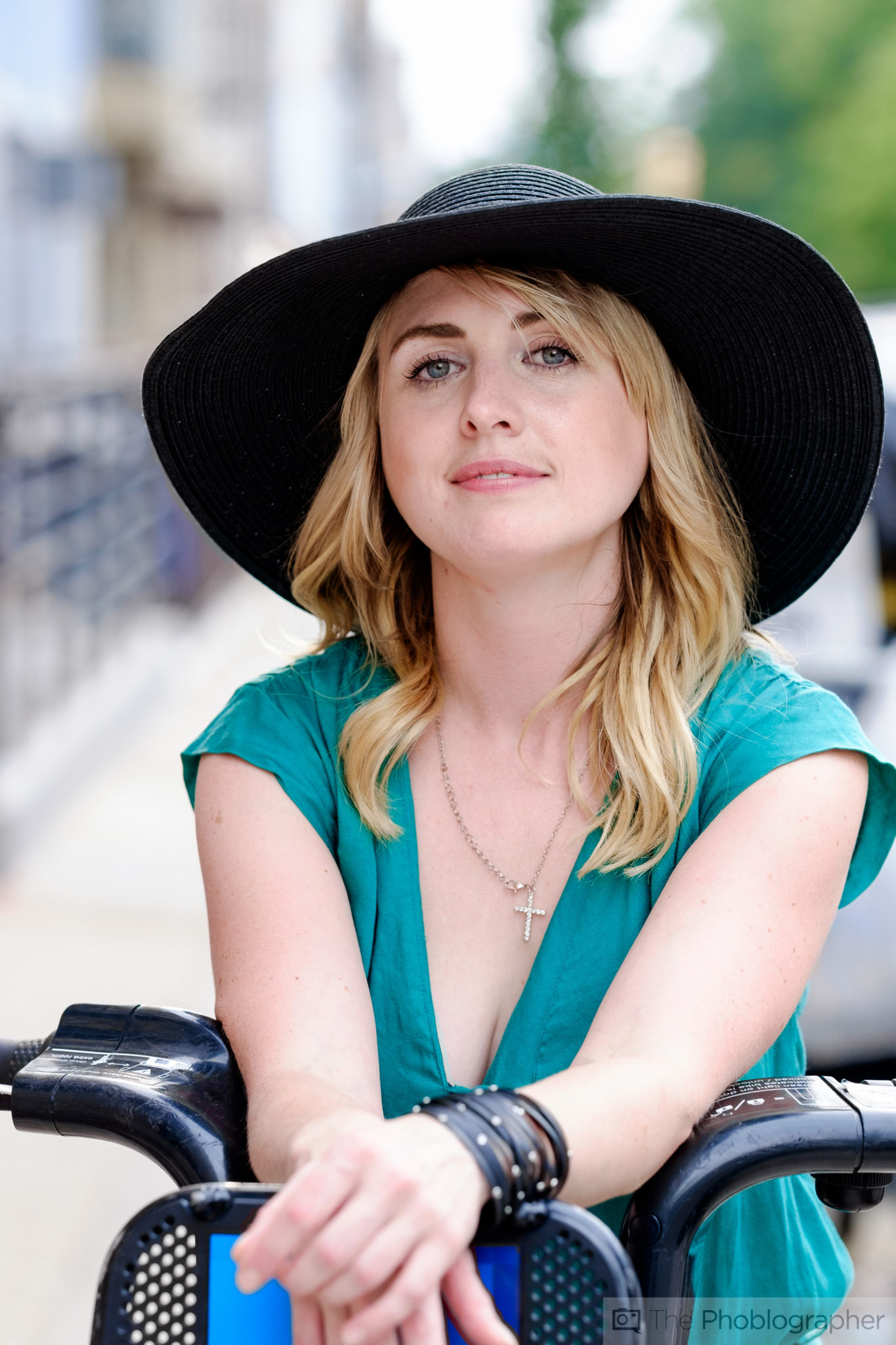
Now as we know, different lenses do behave differently when it comes to color and contrast. Some of this has to do with lens coating, but it also may be due to computational photography and Fuji actually applying some treatment or correction to lenses during internal processing. As I’m not privy to any product development insights from Fujifilm, I can only speak to what I see when I look at the raw files. Now I could have done some color chart comparisons, but as we’re looking at these lenses specifically as portrait lenses in this video, all we really care about is skin tones.
As I study the skin tones of various subjects I do start to see some differences in these lenses. And in most cases I think it’s safe to group them a little bit. To my eye, the 50-140, the 56mm f1.2 and the 80mm f2 stand a bit apart from the others, having a bit more magenta and maybe a smidge more cyan in the tones than what I see from the others. On the other hand, to my eye, the 90mm f2, the 50mm f2, and the 60mm 2.4 definitely seem to lean into the yellows.
One other thing to note is that the 56mm f1.2, when shot wide open, loses contrast compared to the other lenses. By f2 the contrast is more comparable to say the 90mm f2.
Bokeh
From my long term experience shooting these lenses and also comparing these direct comparison photos, there does seem to be an obvious hierarchy of bokeh characteristics from these lenses. And while this idea of bokeh is extremely subjective, what we can look for is distractions. And the worst performers here, in my mind, are probably not a big surprise.The 80mm f2.8 is probably what most would consider one of the the worst contender. But it’s more than just because of an f2.8 aperture. Obviously, that’s going to be part of it. But more than that, the 80 f2.8 has more optical vignetting than all the other lenses, causing the most pronounced elliptical or “cats-eye” style bokeh that some may consider distracting. However, if you tend to like more swirly shaped bokeh, this might actually be the lens for you.
The 50mm f2 is probably next. That f2 aperture at this widest of focal lengths of the bunch of lenses here means that a similarly framed subject is going to have more defined background as some of the longer or faster aperture lenses. But even more than that, it also exhibits that “cats-eye” style bokeh balls as the 80mm f2.8, though not quite as pronounced.
For those of you shooting with that 50-230mm kit lens, you’ll find that you can get some decent bokeh if you back way the heck back and shoot fully extended at the 230mm length. Even here, the quality won’t compete with some of the other lenses, but in my view it’s surprisingly consistent and creamy. Of course, the quality degrades quickly as you close the distance, like in this shot at 63mm focal length. So while, yes, it’s possible to get some great quality bokeh out of this lens, it’s not very convenient to do so. The other thing to note is the quality of bokeh balls, which when focused at minimum focus are so large that they are clipped on the corners. This isn’t due to optical vignetting, I consider it unpleasant.
I’d put the 60mm f2.4 and the 50-140mm f2.8 in the same camp, next up. Again, the bokeh is probably fine for most portrait lenses, except for the most ardent bokeh lovers. To me they both have a bit more definition in the background, and the 50-140mm is known for the “nervous” or “jittery” quality of its bokeh. But you’ll only probably notice this when you have extremely busy backgrounds with lots of lines or vegetation. Otherwise, the bokeh quality seems excellent to me.
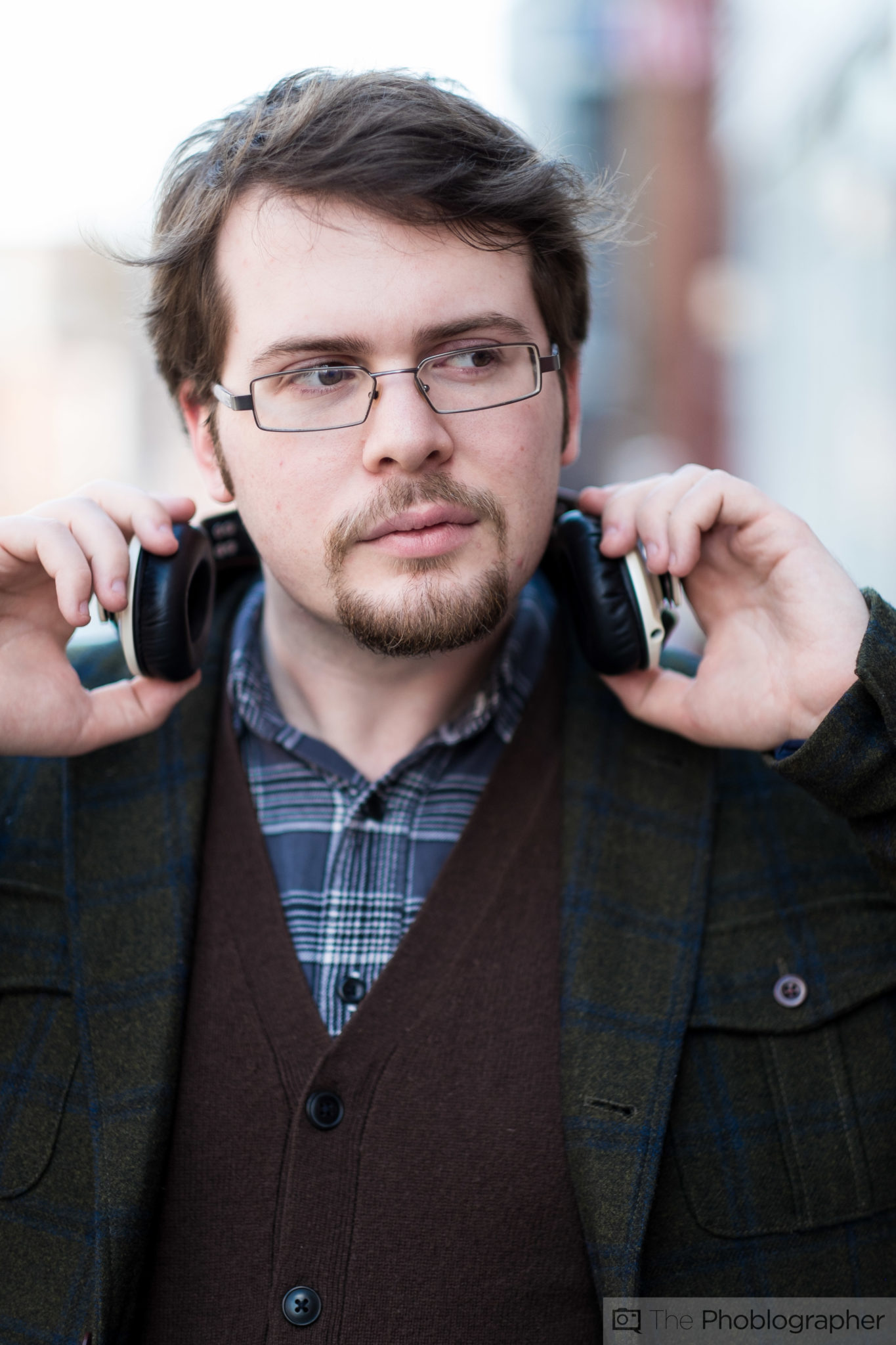
Now we get to the Fuji bokeh masters. The 56mm f1.2 and the 90mm f2. Now, most newer photographers are going to assume that the 56mm 1.2 will have the better bokeh with that really low aperture number. But this has not been my experience. After shooting with these quite extensively I’ve found that the 90mm f2 wins out in almost every way. That longer focal length coupled with f2 aperture means portraits will lend themselves to keeping more of the face in focus without as much fast falloff as you get with the 56mm 1.2. When it comes to bokeh balls, the 90 f2 are far more spherical and with better falloff over those very pronounced edges you get with the 56mm f1.2. Additionally, with that double sided aspherical element needed to combat chromatic aberration in the 56mm f1.2, it seems to me to create a very slight “onion-skin” appearance. And even with that, I’ve noticed more chromatic aberration from the 56mm 1.2 than the 90mm f2. Of course, stop things down and quality does improve. But I’m only comparing these lenses wide open for this portion.
Some people will bring up that 56mm f1.2 ADP version. I have tested that in the past, but the reason for this lens is a bit lost on me. Yes, that apodization filter makes bokeh balls a bit more soft on the edges with some gradient you wouldn’t see, but to me it’s not worth the loss of low light ability, slower focusing ability, and greater expense. ADP version aside, the 90mm f2 is the clear winner for me for when it comes to Fuji bokeh king, possessing the least distracting bokeh quality. However, you may be interested in less clinical bokeh. If that’s you, maybe some of the other lenses will give you more character or a certain look you’re after. I’m not judging.
Sharpness & Vignetting
When it comes to sharpness, most people tend to make a bigger deal out of it than they really need to. Especially where portraits are concerned. I want to make sure we keep things in perspective. We’re evaluating these lenses as portrait lenses. If you’re photographing average people with average skin quality, in many cases, it’s actually more flattering to have some softness. And even if you do, for some reason, want razor sharp focus, usually corner sharpness is just not all that important. Faces tend to be near the center or thirds lines in a composition. Beyond that, lens sharpness, more than anything, will have pronounced variation from lense to lens. Your 90mm f2 may have much sharper corner rendering than mine. And all lenses will exhibit different variations of sharpness in all four corners. Yes, even Fuji doesn’t have the ability to create 100% perfectly consistent lens glass.
The other thing to note is that, with one exception, all of these lenses, when stopped down a bit, are going to be extremely sharp. In general, f8 is going to be sweet spot for most these lense, so keep that in mind if you feel you absolutely cannot compromise on lens sharpness in a particular situation. Having said all that, I’ll at least show you what I found in my copies, you know, for funsies.
The 90mm f2 is the sharpest lens overall, and when compared with the 56mm f1.2 it’s sharper wide open, which isn’t a huge surprise. At f2 I can’t tell a difference at the very center, but move out toward the edges even a little bit and the 90mm f2 is still sharper. The 50mm f2 is next, when compared to the 90mm f2 it’s not far behind though. In my copies, the 56 is sharper in the center, however, even wide open, but 50 f2 is sharper at the rule of thirds. At f8 they are extremely similar, if not indistinguishable. The 80mm f2.8 and the 60mm f2.4 are very comparable. Both are a bit softer than the previous three lenses mentioned. But still certainly sharp enough for portrait applications.
Not overly surprising, our two zoom lenses take up the rear. The 50-140mm is clearly sofer than any of the primes, even at the center. Here you can see the difference between the 56 @ 1.2 and the 50-140mm at the f2.8. The 50-140mm is sharper at the wide end, when zoomed in to the 140mm, where many portrait photographers like to shoot it, it’s much softer. The 50-230mm is the only lens of all of these lenses that I would call not very sharp. While all the other lenses are extremely sharp and in most cases very similar, as far as sharpness goes, at f8, this lens never quite gets to the same level of sharpness. In this test I won’t be looking at vignetting. Again, for portraits vignetting matters very little. None of these lenses have any particular problem with vignetting, even wide open, and even if they did, it’s not hard to correct in post.
Focusing speeds on X-T2 and X-T3
When it comes to focusing speeds, I conducted very extensive testing with all of these lenses, on both the x-t2 and the x-t3. But we have some definite winners from that testing, although, please keep in mind, we’re talking about milliseconds of differences here and in many cases, especially slow, controlled portrait shoots, this may not matter you at all. However, if you happen to be using continuous autofocus while tracking children in more lifestyle shoots, milliseconds of focus speed differences might just make all the difference in coming away with a higher percentage of keepers. So just a reminder to prioritize focusing speed appropriately to the type of portrait photography that you do.
| 90mm f2 | 0.33″ |
| 50mm f2 | 0.34″ |
| 50-140mm 2.8 | 0.39″ |
| 56mm 1.2 | 0.41″ |
| 50-230 | 0.85″ |
| 60mm 2.4 | 0.9″ |
| 80mm f2 | 2.1″ |
Here I’ve arranged the lenses in order of fastest to slowest. Since I did these tests on both the X-T2 and the X-T3, I averaged the two. Also keep in mind, there is a definite speed difference between focusing from close focus to close to infinity and visa versa, so the number is also an average of the those. Also, with zoom lenses, keep in mind that when shooting at the shorter focal lengths, the lens will focus much, much faster than when zoomed out to the longer focal lengths. So here again, I’ve just averaged the short and long focal lengths to get a simpler number for comparison. Of course this isn’t the fairest test because close focus for the two macro lenses slows things down for them immensely. If you never use them for macro, you’ll find that they are probably more middle of the pack in portrait settings. But if you want to dive deeper into the numbers, you can see the data sheet here. Also, I’ll have a video out soon that will discuss the differences in X-T2 vs X-T3 focusing speeds with twelve different Fuji lenses, because I don’t know how to have fun in my free time.
| 50-140 2.8 | 0.895 |
| 56 1.2 | 1.135 |
| 90 f2 | 1.375 |
| 50 f2 | 1.55 |
| 60 2.4 | 1.79 |
| 50-230 | 1.915 |
| 80 f2 | 4.085 |
For low light, things seem to shuffle around a bit, but there’s also more wild variation here. The 50-140 wins here by a large number though, and that’s great news for wedding photographers who like to use that 50-140mm. I found the 50-230mm to be extremely slow in low light. And the 80mm f2.8 and the 60mm f2.4, again, is probably not as slow if you aren’t actually focusing close to macro levels, but again, I was testing for the full focus range on all these lenses, so that’s reflected in this data.
Weather Sealing
For those of us who do a lot of portraiture out of doors we may find ourselves in inclement weather, or more pertinent to our situation, in sandy/dusty environments. For those occasions, it can be very nice to have a lens with a bit of weather resistance for that extra little bit of reassurance. Here are the lenses that have it and those that don’t.
Who are these lenses for?
Ok so now that we’ve gone through and compared and contrasted all these lenses and what portrait photographers are likely going to care most about, let’s quickly go through each one and talk about what sort of portrait lens shooter each lens is going to perform well for, and who maybe some of them aren’t for.
90mm f2
I’m going to talk about the 90mm f2 first, because it took home the most awards during the course of my comparisons. No question it wins for bokeh quality. It appears to me to also have the least color shifting happening. And I also just really appreciate how well it handles a face shooting wide open. For me, shooting wide open on the 56mm f1.2, where you’re closer to the subject with a shallower depth of field, I really hate seeing so much of the face is out of focus. The 90mm f2 preserves more sharpness in the face while, at the same time, really producing the best bokeh that Fuji money can buy, at least in my opinion. It’s the fastest of all these lenses at focusing, which can be helpful when photographing active subjects and it has a much quieter focusing motor than the 56mm f1.2 for video. And while it’s definitely an expensive lens, it’s more affordable than the 56mm f1.2, and for all of these reasons, is usually the portrait lens I recommend most.
However, it’s not all roses. The most difficult thing about this lens is that 90mm fixed focus. It’s hard to be able to roll with this lens as your only portrait lens because there are plenty of times it’s just not going to work where you will not have enough room behind you to get everything you need to in frame in front of you. Though, I absolutely love using this lens in portrait sessions, if I’m inside, I know I’m going to have to also be bringing along the 56mm f1.2 or the 50mm f2. In other words, this is a difficult lens to commit to if you only want to buy one portrait lens.
The other area it loses out to the 56mm f1.2 is in low light. This lens is also heavier than I would like. It’s heavier than the 56mm f1.2, which is already a bit weighty. So for those really long shoots, it’s nice to be able to switch it up with something like the 50mm f2. In fact, if you really want to get this lens, maybe the 50mm f2 is a good matching companion to grab along with it.
Finally, the last thing that I thought the 56mm f1.2 did a better job with was in the skin tone rendering. Again, this is all preference, and if you appreciate those more warm tones that come out of Canon devices, you actually may prefer the more yellow skin tones of the Fuji f2 lenses.
56mm f1.2
The 56mm 1.2 is generally praised as Fuji’s premiere portrait lens offering. It’s got a lot of glass to gather all that light and this is absolutely, hands down, the best pick if you plan to do a significant amount of low-light portrait work. If you’re a wedding photographer I feel like this lens is absolutely indispensable and would be the very first lens I would buy for weddings. I also think it wins for skin tones as the tones seem to be a bit more natural, a bit cooler, with a little bit more toward the cyan than the yellow end of the f2s and the 60mm 2.4. But color is entirely personal preference, the differences are extremely subtle, and either way it’s super easy to correct in post production. So please don’t take the color argument too far here.
Now, as much as the 56mm 1.2 is praised, it is a slightly quirky lens. Optically, it’s bokeh is less pleasing to me than the overall winner which will come back to, that 90mm f2. It also lacks that weather resistance, making it something I tend to baby a bit more than some of the other lenses. It is rather heavy, and it is really expensive. If you’re a new portrait photographer who is unsure how much portraiture you’ll really do and if you’re on a budget I’d try to steer you toward one of the more affordable options. Honestly, unless you can’t compromise in low light, the slight bit of improved shallow depth of field or bokeh quality this will give you is probably not worth it. If you have the cash to burn, by all means. It really is a wonderful lens and goes with me to every portrait shoot.
50mm f2
Coming in at the smallest size, the 50mm f2 is excellent for the adventurist portrait photographer who needs as light a kit possible. It’s also the widest of these offerings, so it’s the best pick if you happen to enjoy a bit more environment in your shots. It’s a fast focuser, it’s affordable, it’s weather sealed and to me all of these things say action and adventure photographer. But it’s also a great pick for someone who takes a lot of portraits of family on the go. As mentioned before, it also has a really close focus which can be fun for other detail type photography.
However, this lens is probably not the right lens for someone who wants a no-compromise portrait lens. If you’re obsessed with bokeh and shallow depth of field, it does ok, but there are lenses that do it better.
60mm f2.4
The 60mm 2.4 is also a bit of a quirky lens. Nothing about it is particularly amazing, in my mind. I don’t particularly love the build quality. WIth the older build style it just doesn’t feel as solid. Additionally, I really dislike the external focusing. The f2.4 aperture is nothing to write home about. The bokeh is a bit nervous. And it’s not actually a macro lens, though it’s trying to be. I think this lens was a stop gap lens for Fuji. They created it early on as the pre-56mm 1.2 portrait lens and the pre-80mm 2.8 macro lens. And I do believe it fulfills those roles. It’s probably a great place to start if you want to do portraits and macro and can’t afford that 80mm 2.8. The price has also recently come down, which is good, but in my mind, it’s still overpriced. I feel like the 50mm f2 is a better lens for portraiture and it’s more affordable. But if you can find this used for a good price, it certainly can perform as a portrait lens, no question.
80mm f2.8
On to the most recent addition to the Fuji portrait focal-length lineup. I get asked all the time if this 80mm f2.8 can perform well as a portrait lens and I’ll say straight away that absolutely it can. I’ve used it for portraiture myself with my kids during those adventures where I also wanted to be able to capture some macro shots. The image stabilization can actually be a real advantage over some of the other lenses. If you are shooting in low light, some of the things you lose shooting with an f2.8 aperture you can gain back by being able to shoot with a more steady hand. Although, that doesn’t matter at all if your subjects are moving.
On the other hand, there are a lot of reasons why this isn’t the lens you should get unless you’re very very serious about macro. First of all, it’s extremely expensive at that $900 USD mark. So you need to realize what you’re paying for at that level. You’re paying for the image stabilization and the macro focusing ability. The bokeh of this lens is not particularly pleasing, in fact, I’d rate it as probably the worst and if I really cared about that sort of thing, it would make this a non-starter as a portrait lens. Additionally, of all the lenses, it’s the slowest at focusing. That may not matter, depending on the sort of photography you do, but if it does matter, I’d say this is definitely not the lens for you. Again, the only time I’d use this for portraiture is if I’m extremely serious about macro photography also. But, on the up-side, I have absolutely no reservations recommending this as a portrait lens if that’s you.
50-140mm f2.8
When I talk about the 50-140mm f2.8 I almost always use the term “workhorse” because that’s what this lens is. I pull it out all the time because of its versatility. In good light at weddings it’s on my camera probably more than any other lens. I like it in the studio where I have no need for shallow depth of field but where I need high image quality and flexibility. And in outdoor situations, zooming out to that full 140mm length to take advantage of that great compression more than makes up for the 2.8 lower aperture, when compared to even the 56mm 1.2. But like the 56mm 1.2, I personally prefer the way this lens renders skin tones to some of the other lenses. The image stabilization is also very nice when shooting stationary subjects or when shooting video. And I’ve found the weather resistance to be very helpful in many circumstances when shooting in less than ideal conditions.
However, there are certainly some downsides to this lens. It’s extremely expensive, the most expensive lens we’re discussing. It’s very heavy, the heaviest lens we’re discussing. And many people have expressed dissatisfaction and distates for the jittery or nervous bokeh. I’ve also noted that bokeh quality, and while it doesn’t bother me at all, for someone who is paying that much money for a lens they may expect a smoother rendering.
50-230mm
And finally, just a couple things to note about the 50-230mm. Hopefully I’ve demonstrated in this article that this lens certainly can perform as a high quality portrait lens. Of course, it’s softer than the other lenses, but I really don’t think that will matter in most family portraiture applications. In addition to that, I would give you two caveats when it comes to using this in portraiture: you need to be shooting closer to the 230mm focal length if you want to near the same level of subject isolation you will get with the other lenses, which means backing waaaaay the heck up; and you need a ton of light. If you’re constrained by shooting indoors in less than ideal light or in average to tight space, you may find yourself extremely disappointed with this lens. But if doing most your portrait work outside, I would have no issue utilizing this lens, even for most professional portrait shoots that we do.
Editor’s Note: These findings are from Denae and Andrew. They aren’t based on the findings of the Phoblographer staff. To supplement the publishing of this piece, we supplied some of our own images.


